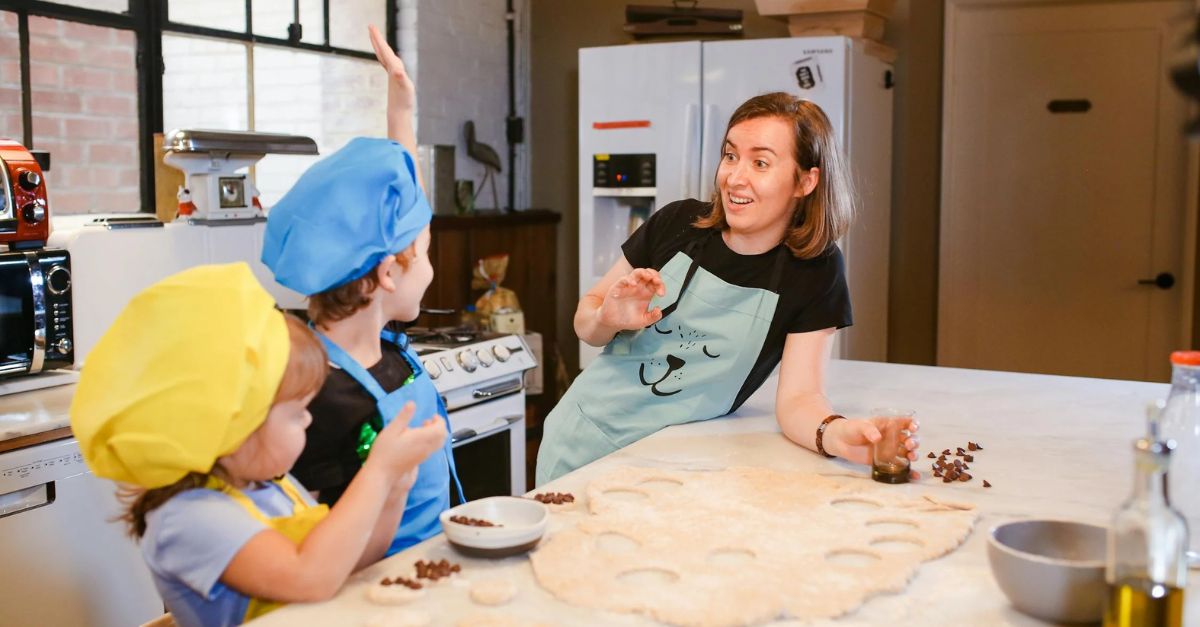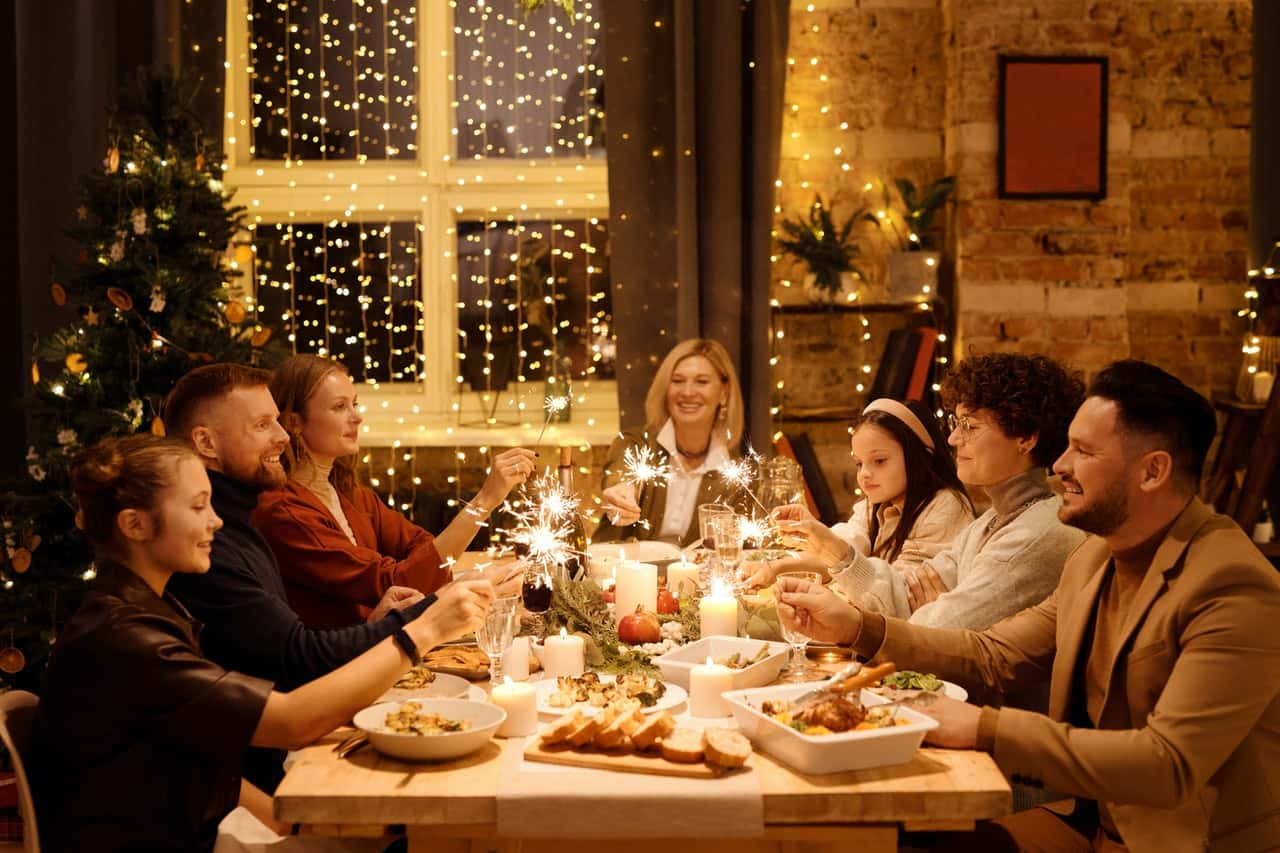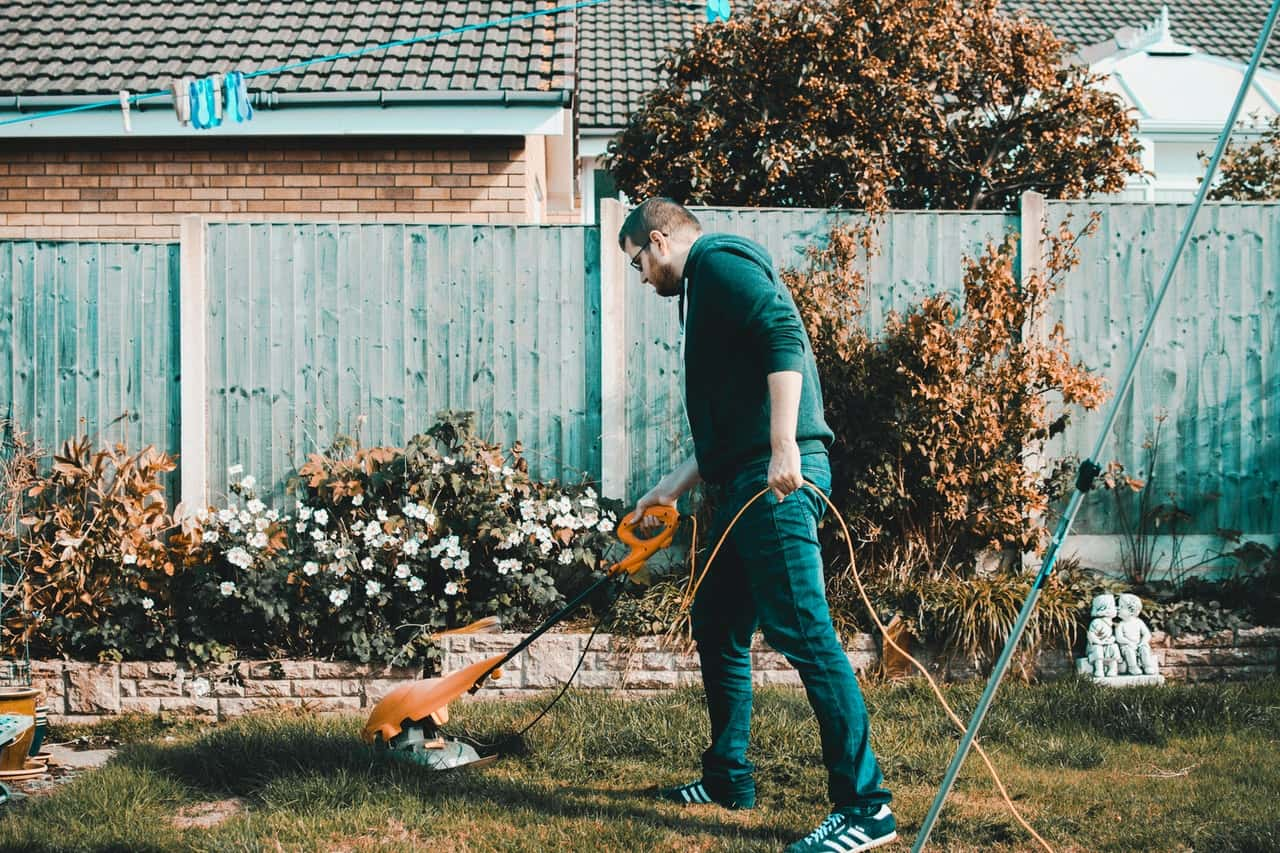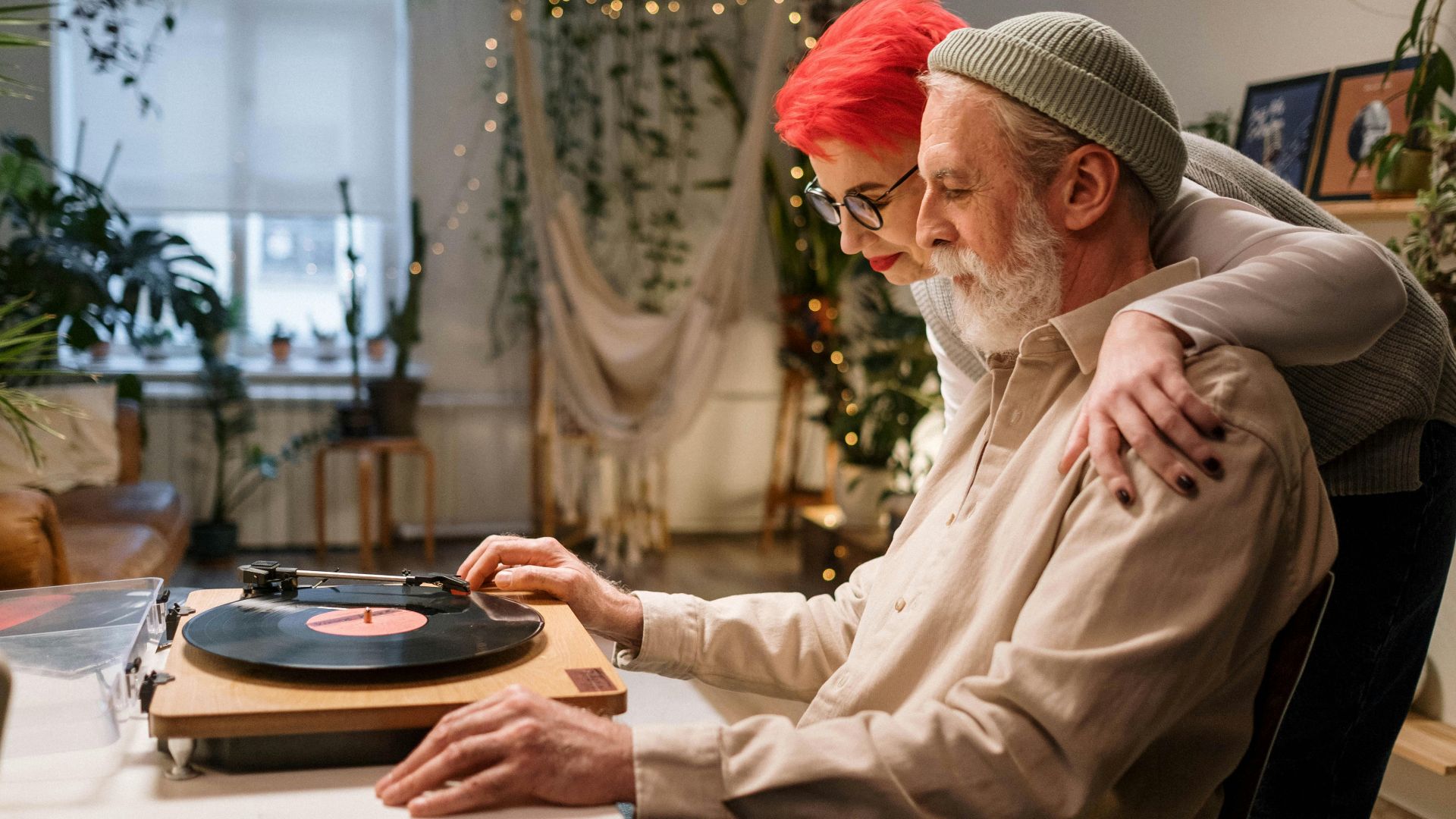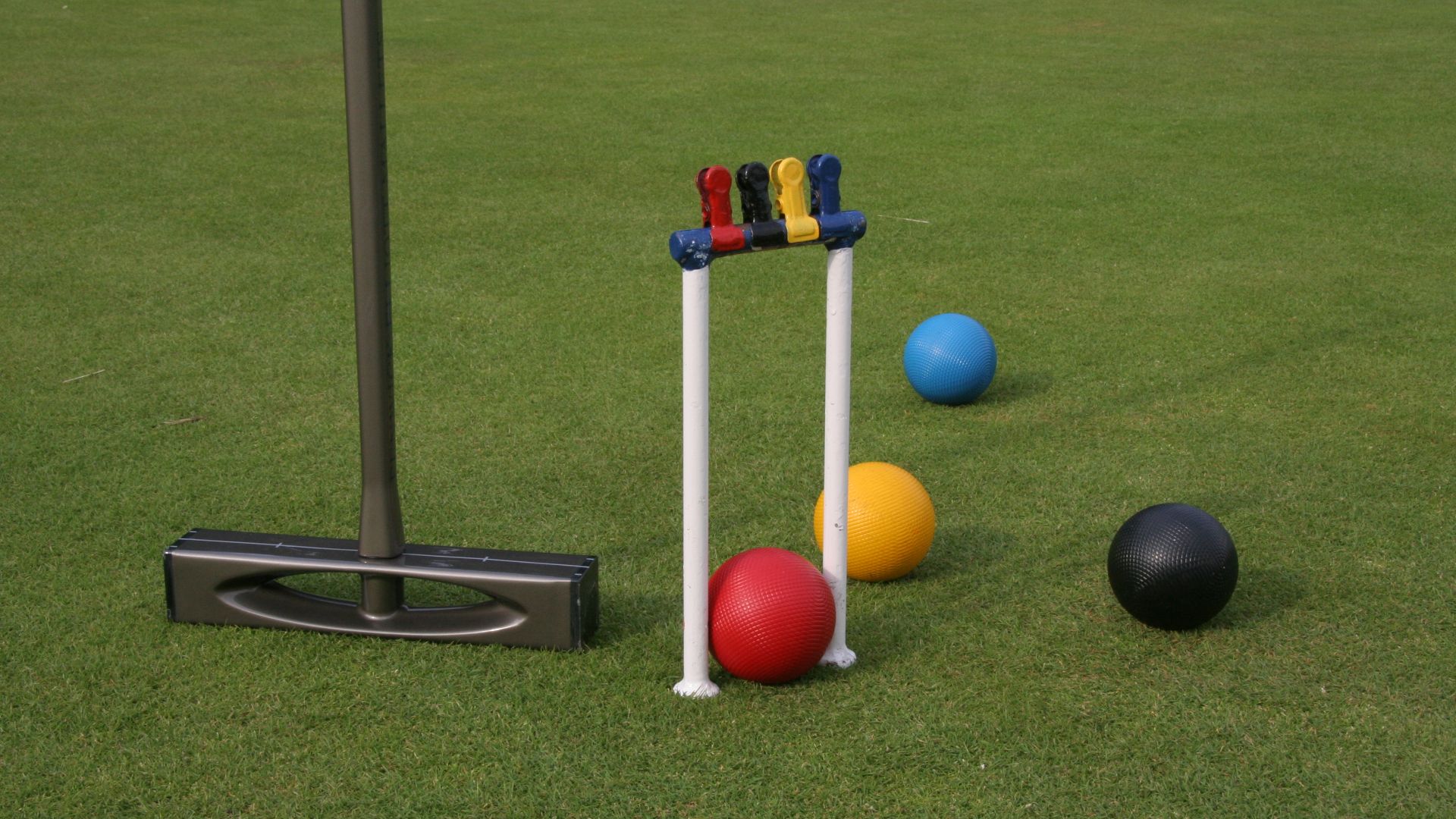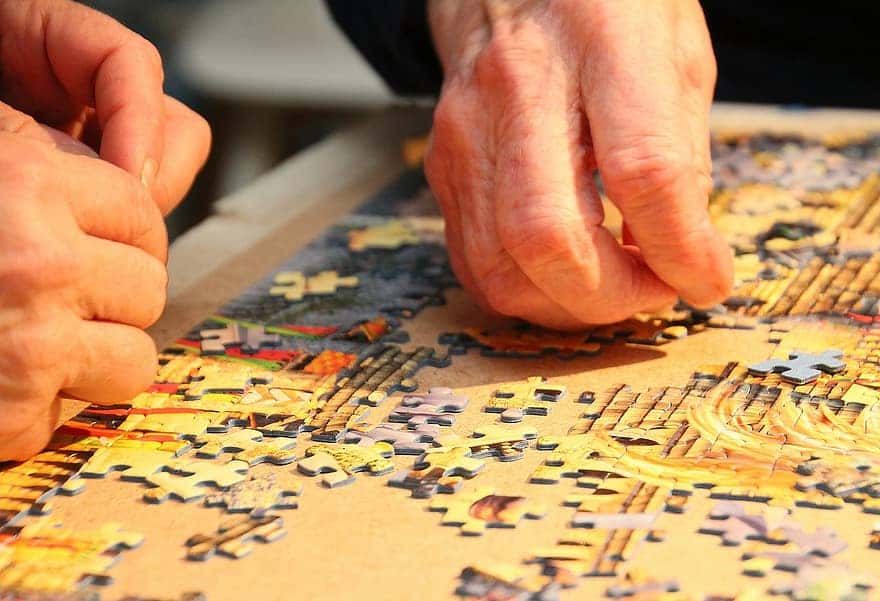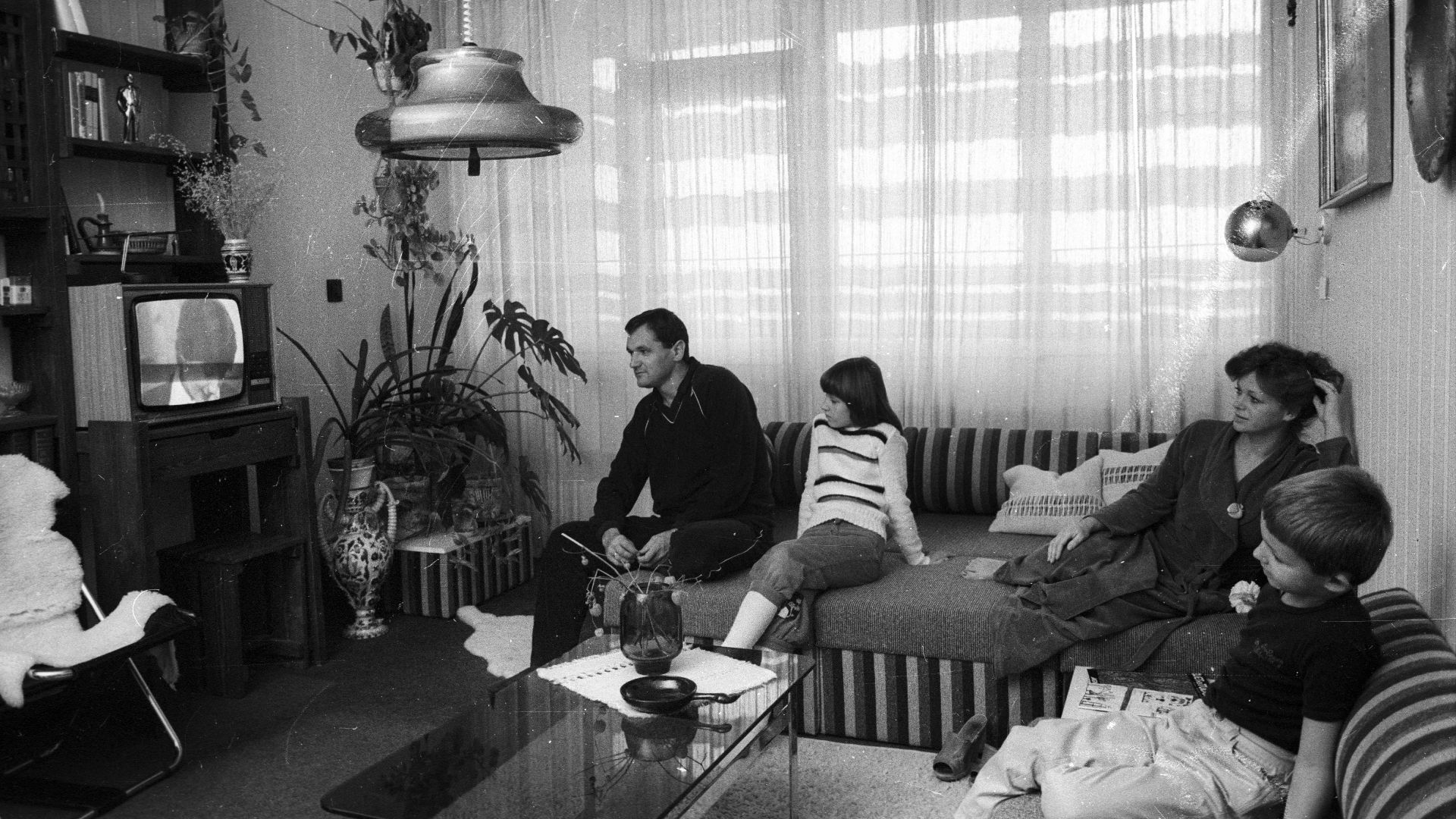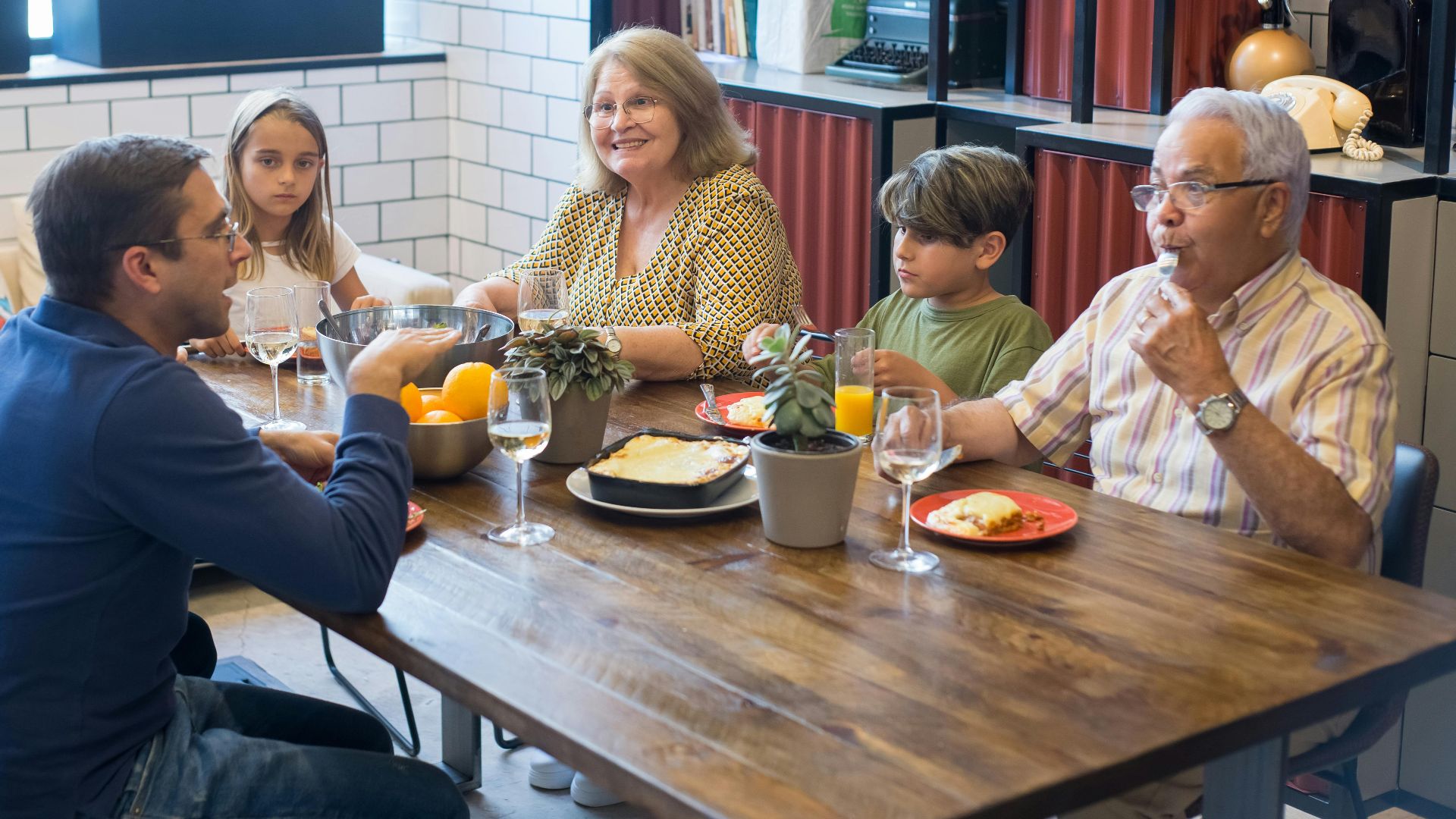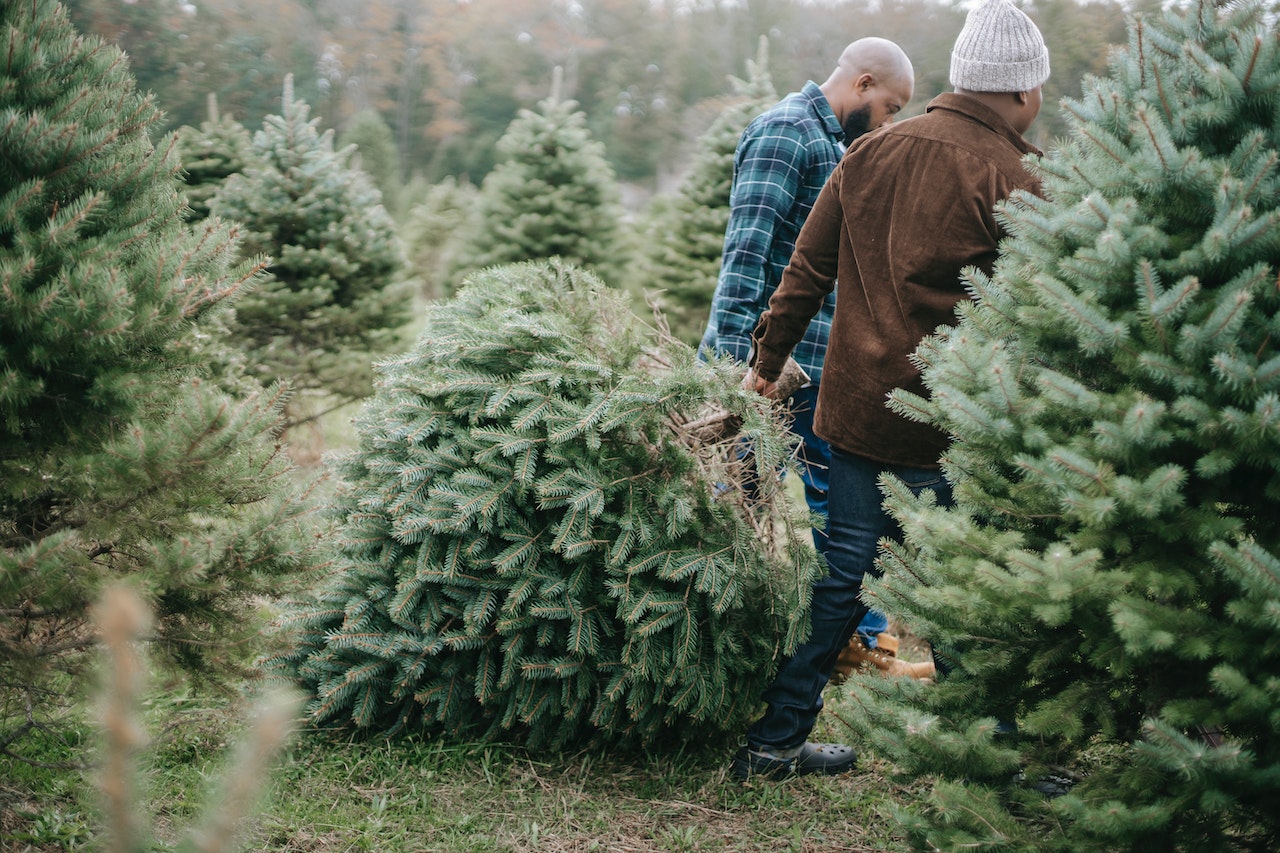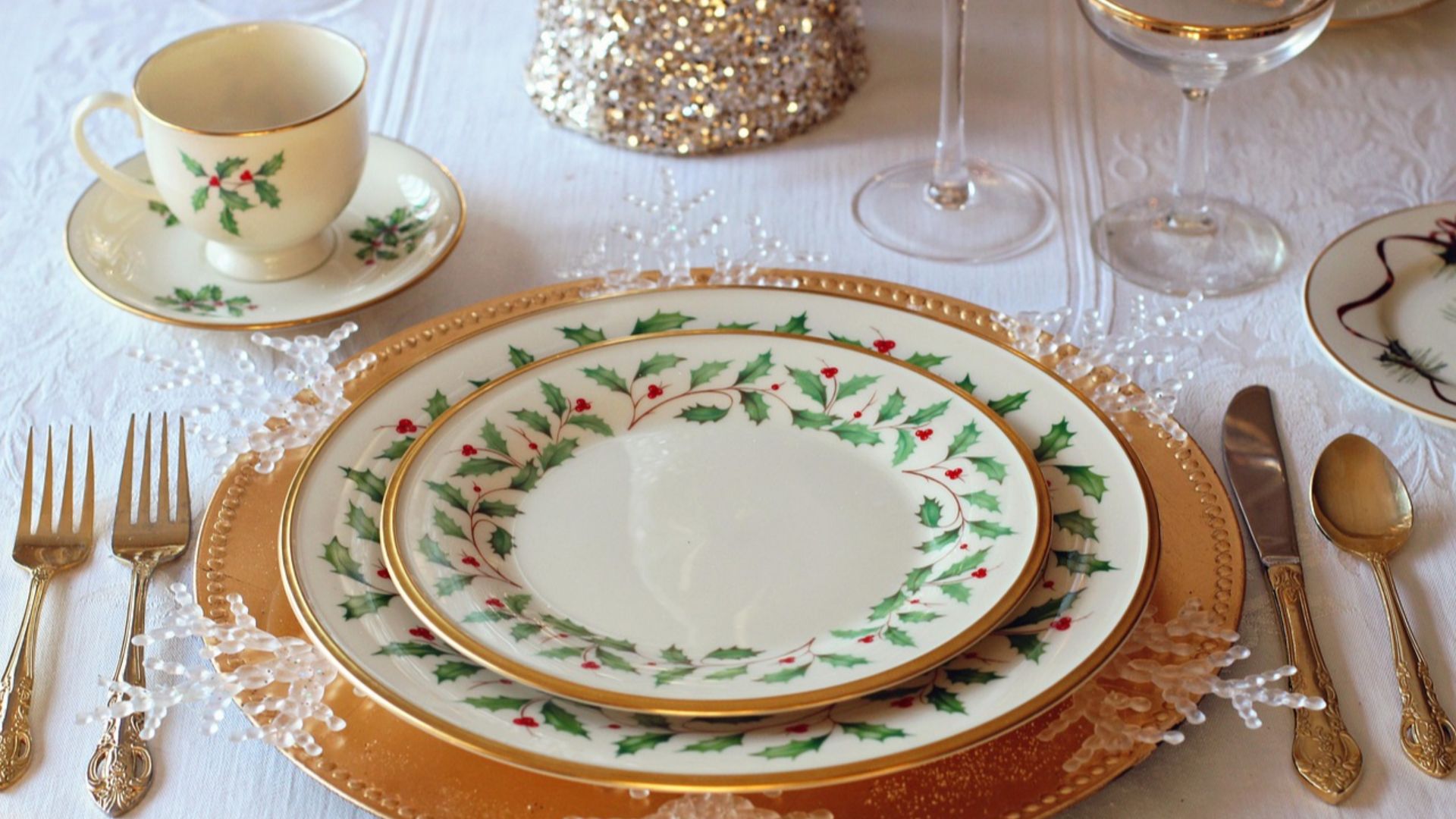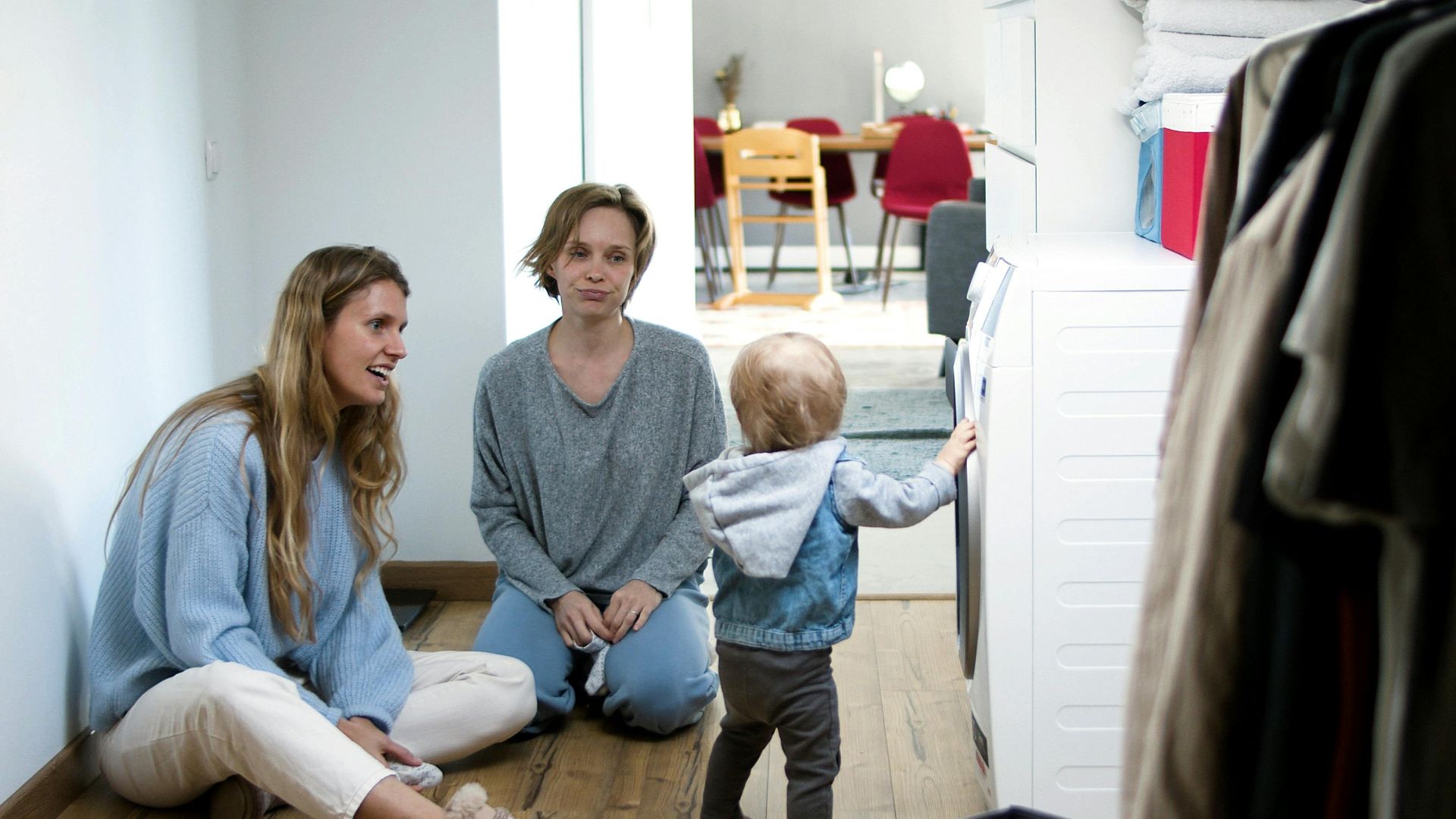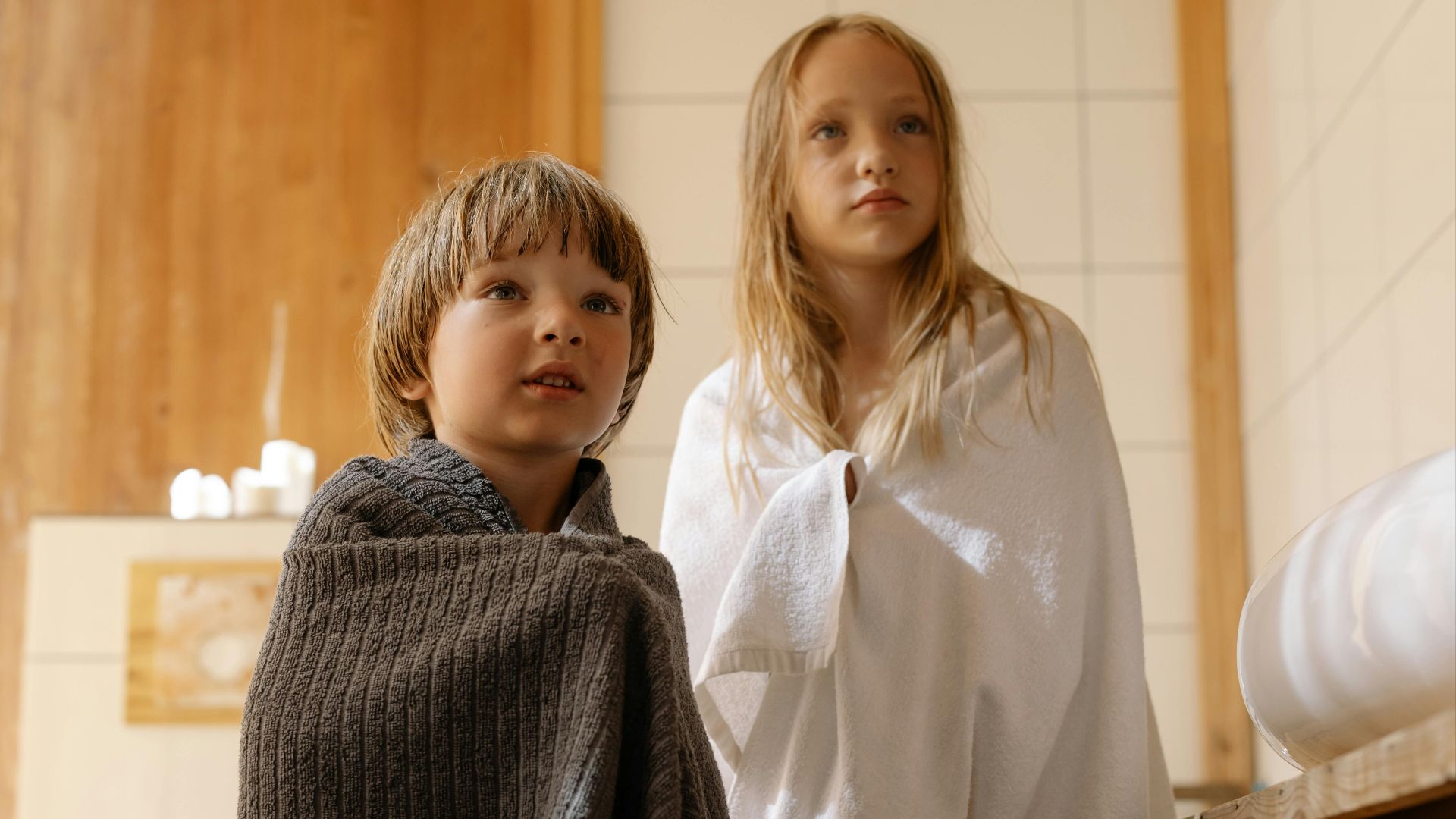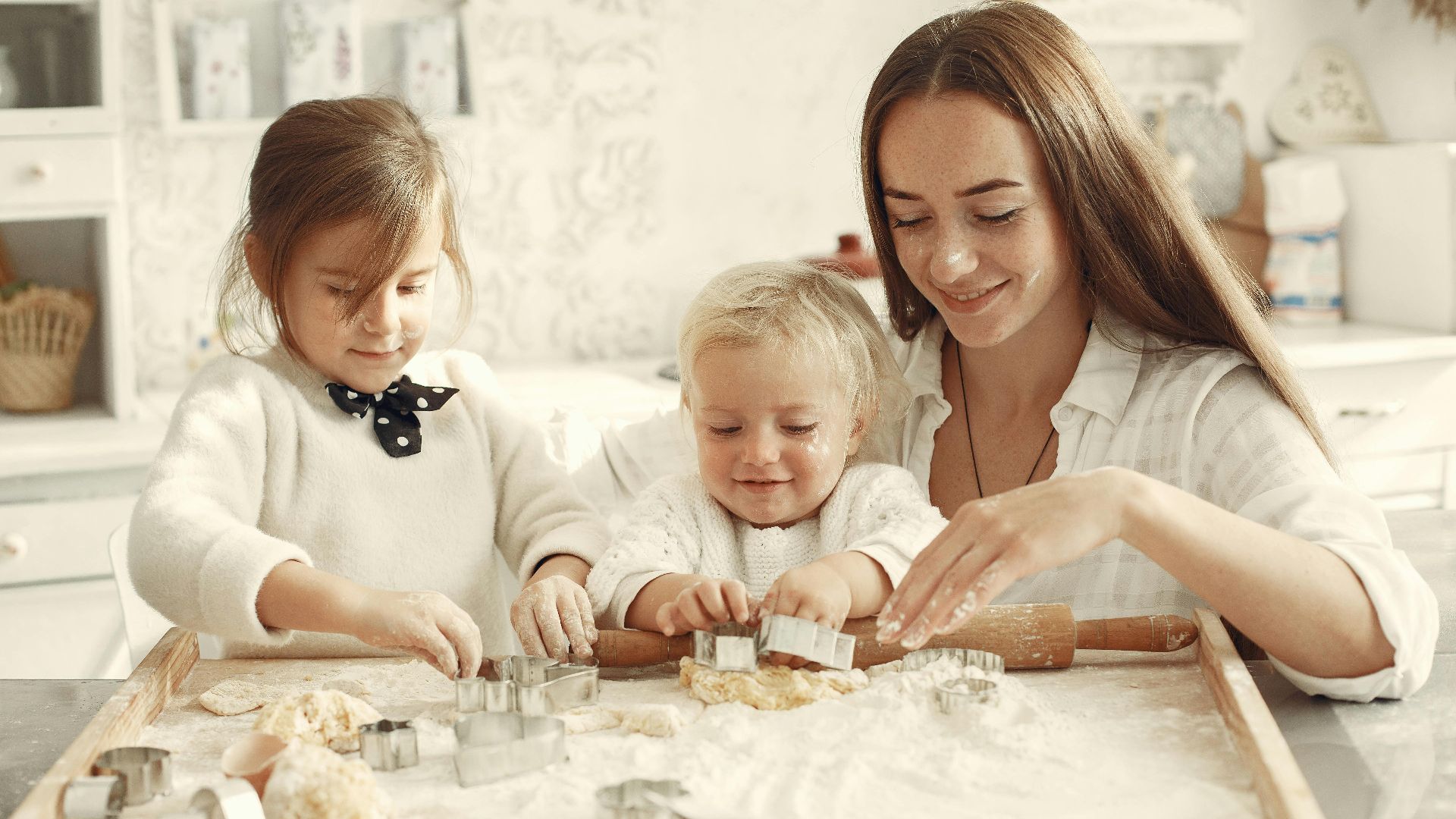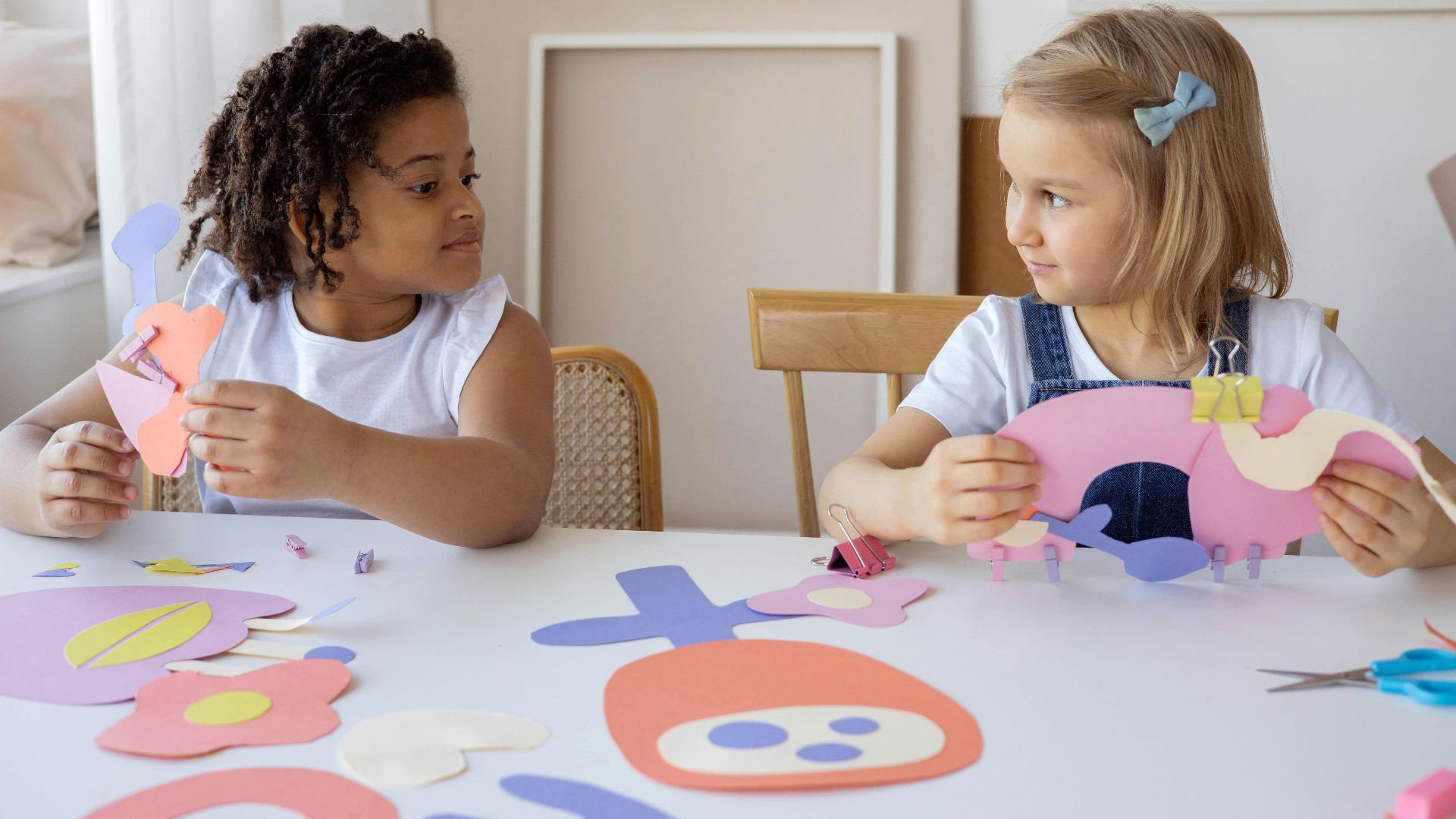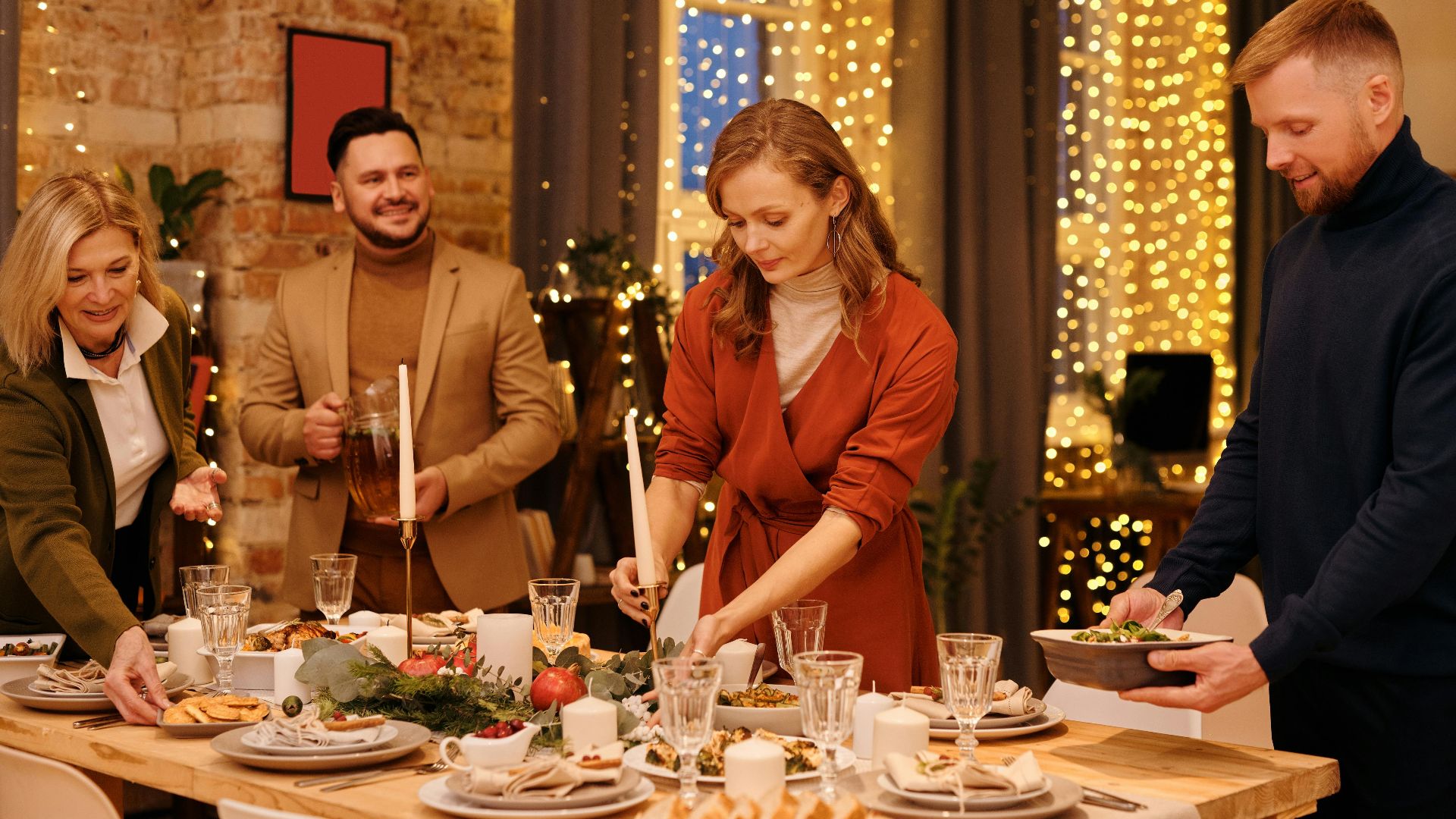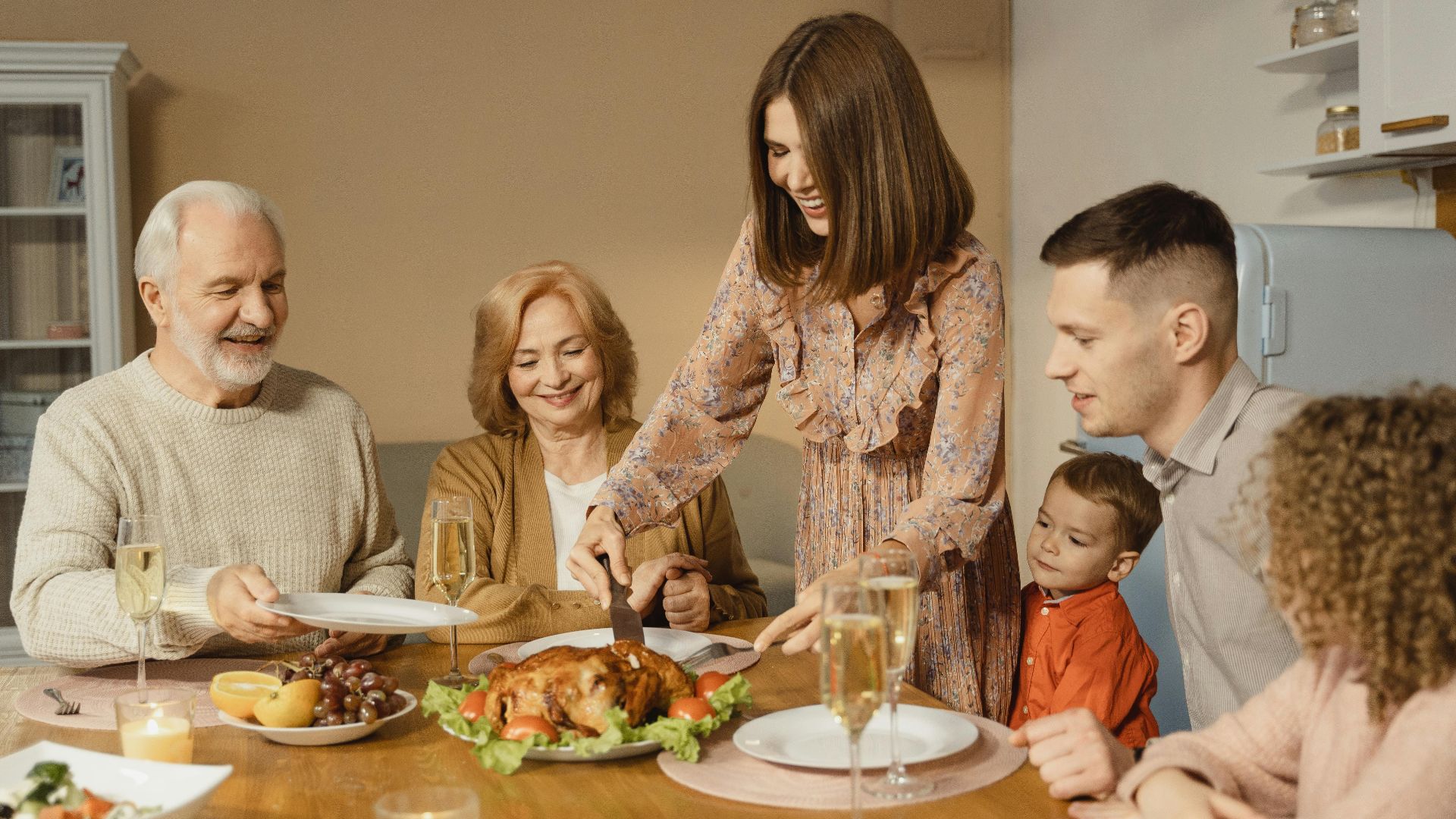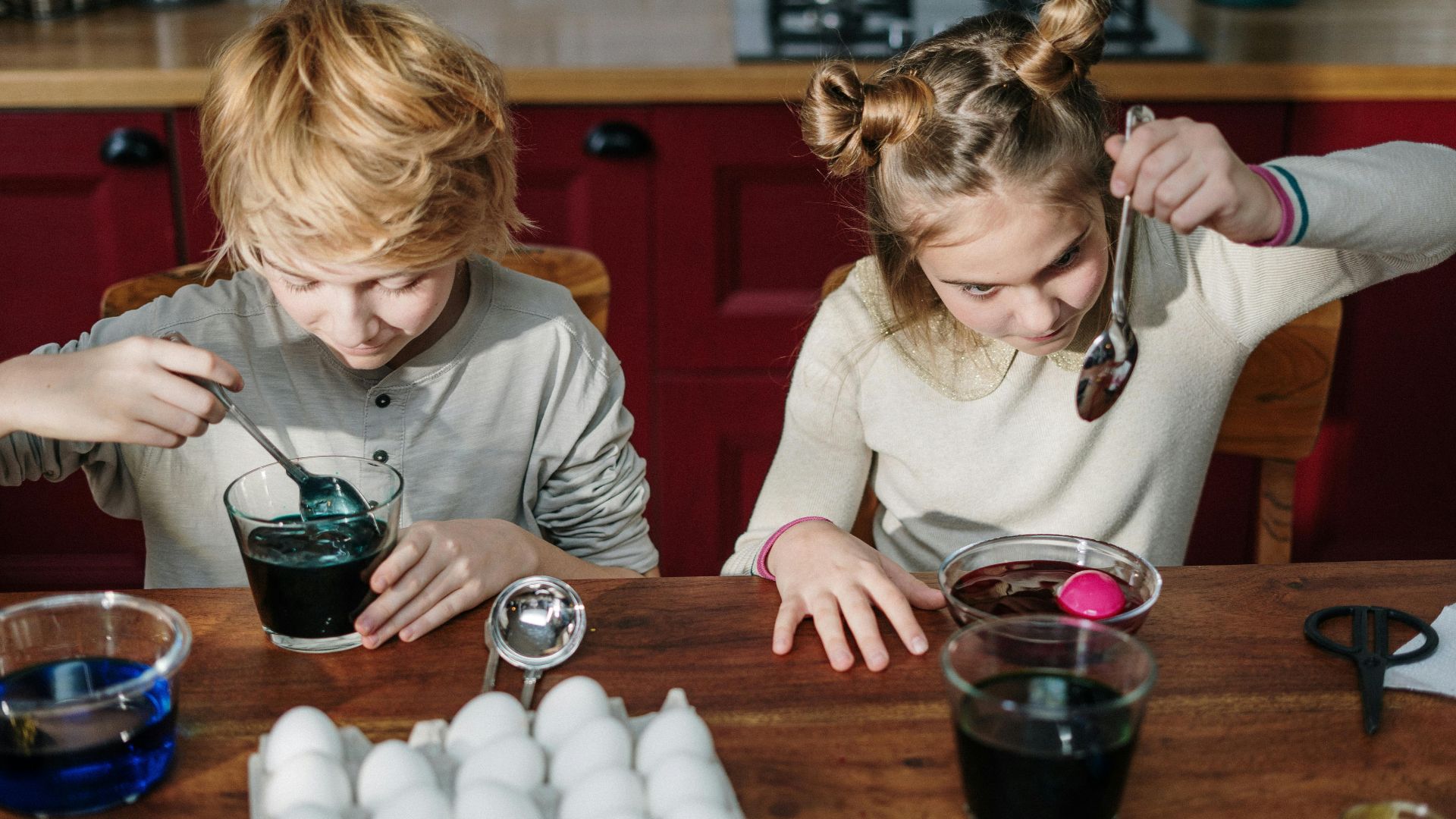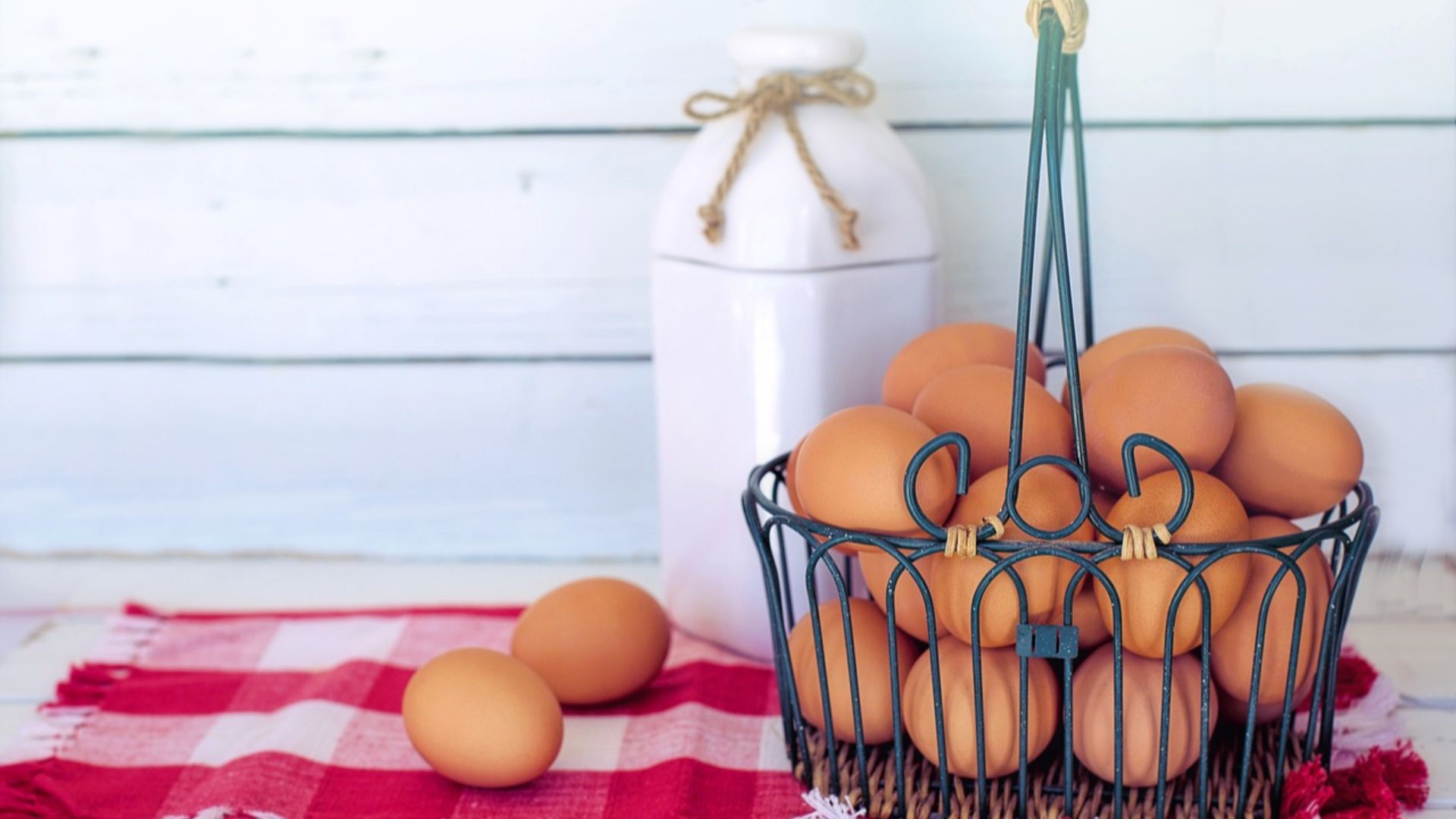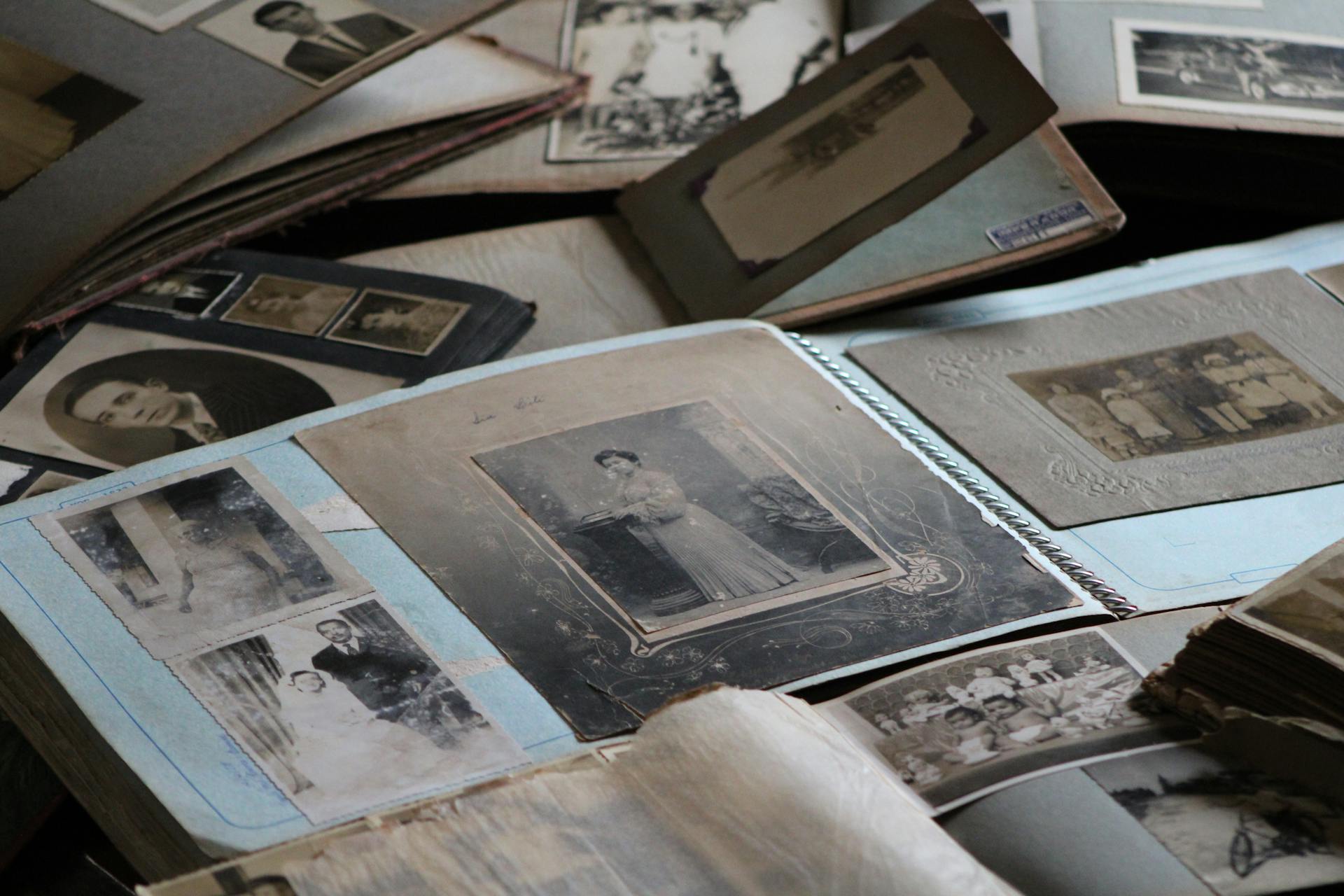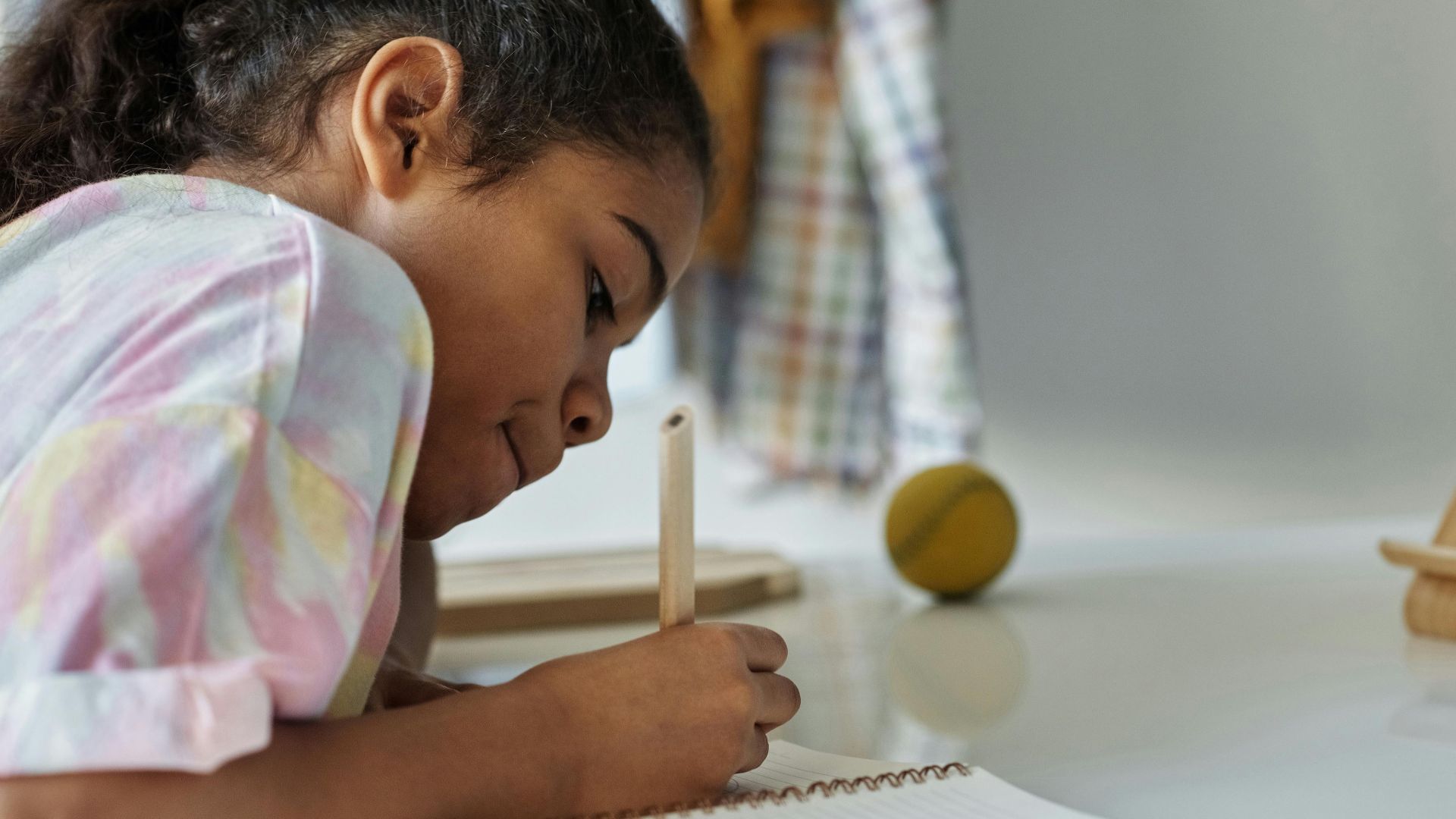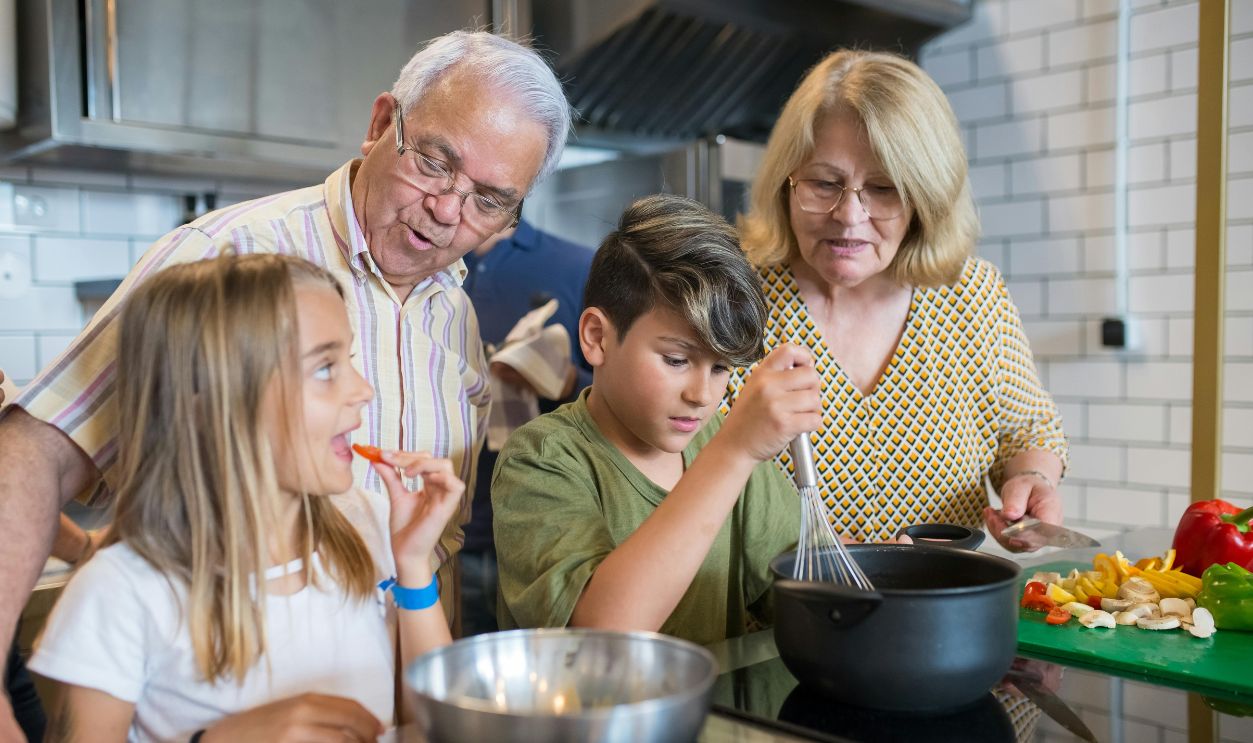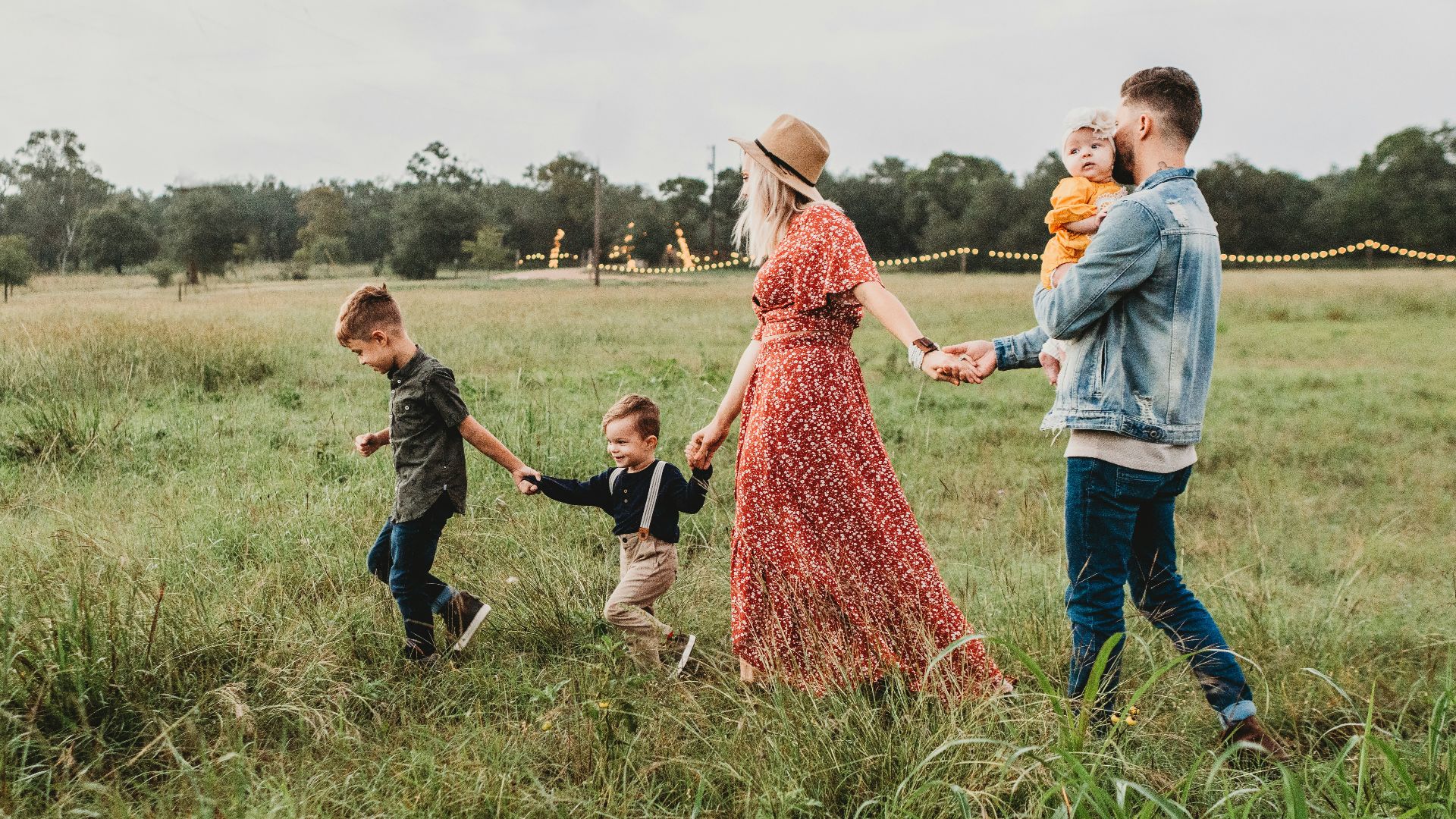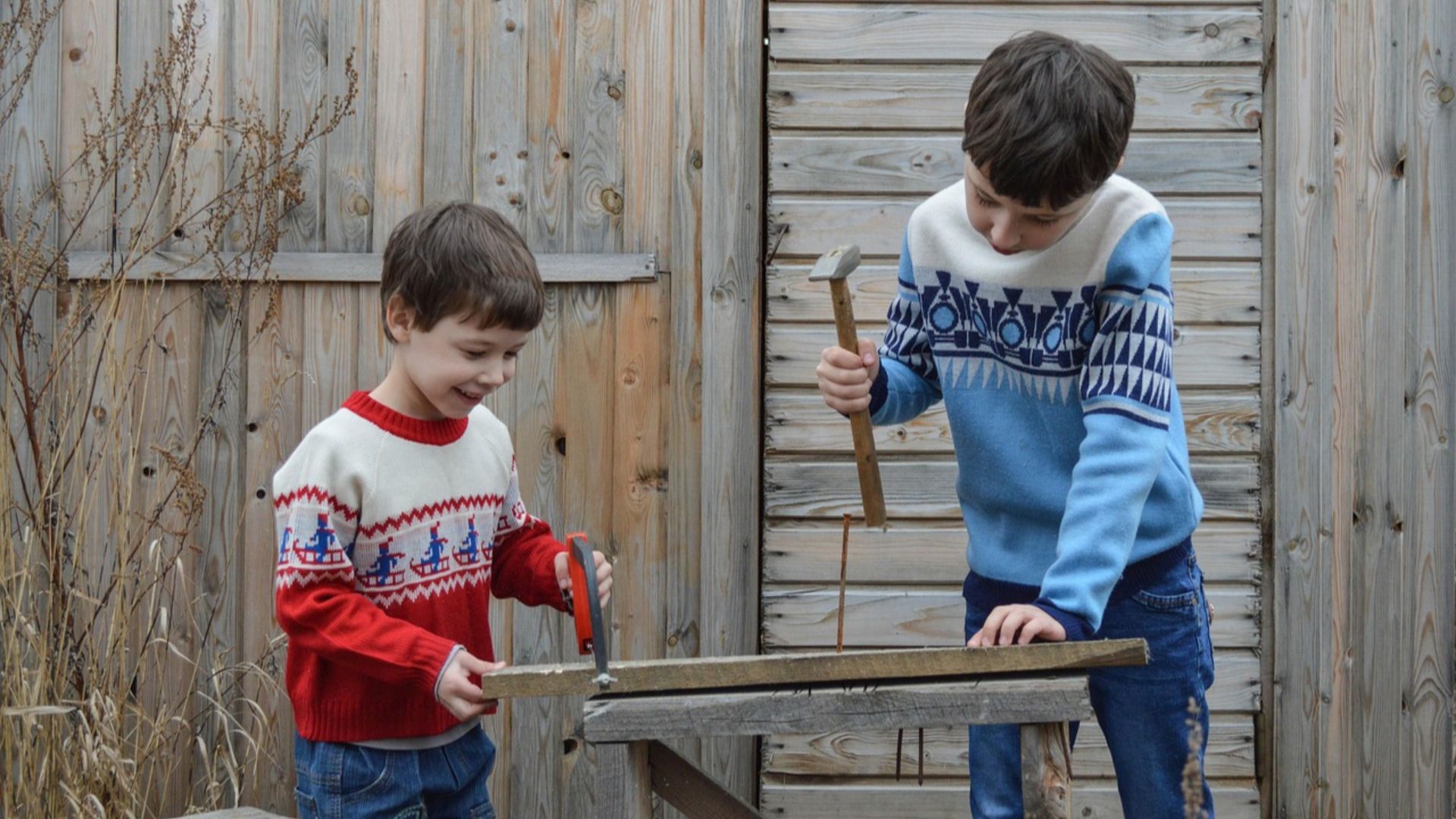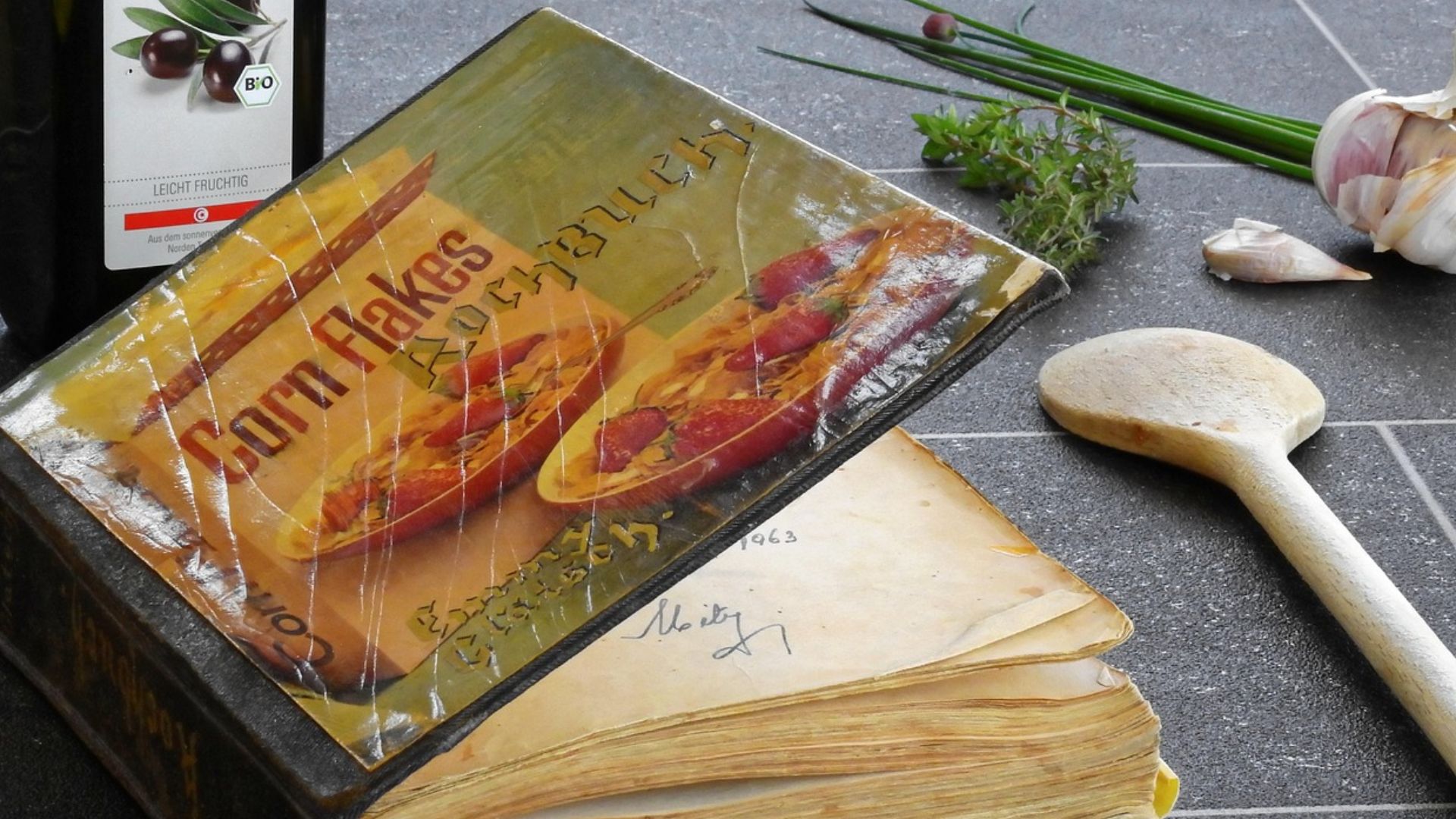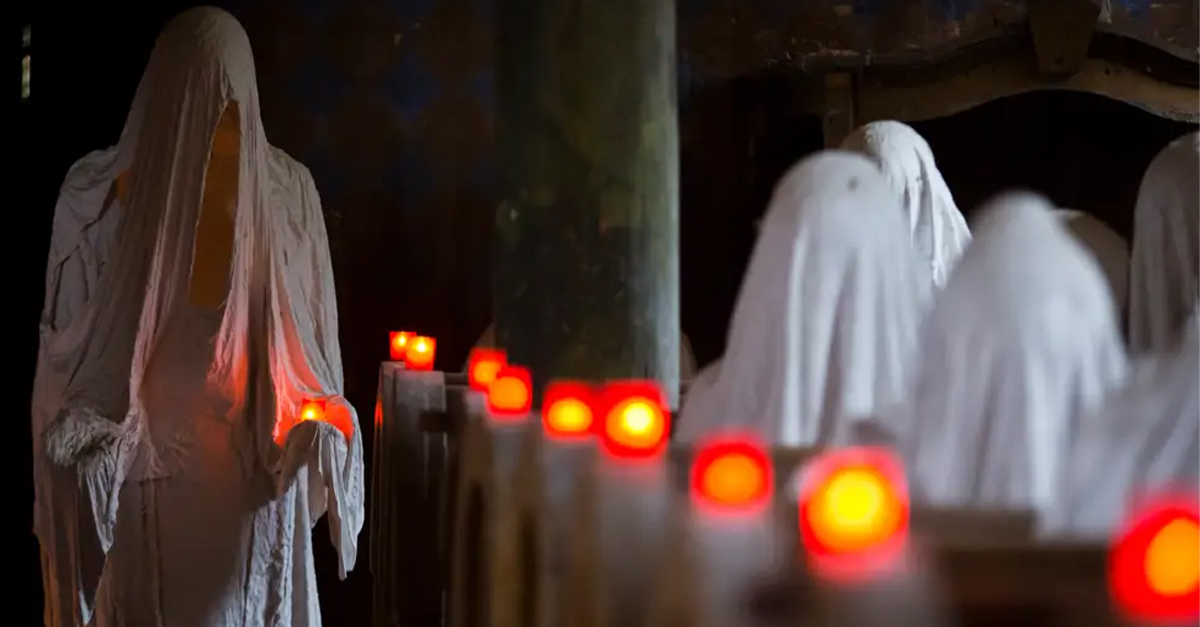Forgotten Family Rituals
The 1950s were a decade of routine, and family life followed a comforting rhythm. Yet, many of those customs have quietly slipped away. Today's youngins would've never guessed that these used to be the norm.

Gathering Around The Radio For Evening Programs
Families once huddled together in the living room with their attention locked on a single glowing radio dial. The nightly radio program was a shared experience, offering everything from thrilling mysteries to heartfelt dramas. Kids would stretch out on the rug while parents reclined nearby.
 Unnamed photographer for Bain News Service, Wikimedia Commons
Unnamed photographer for Bain News Service, Wikimedia Commons
Leaving Notes On The Kitchen Table
A quick text now does the trick. But years ago, the kitchen table or refrigerator door served as the family communication hub. If someone left early for school or errands, they’d leave a handwritten note. Such little messages were a way to check in and care for one another across busy days.
Watching The Ed Sullivan Show Together As A Family Event
Sunday nights meant one thing in countless households: The Ed Sullivan Show. People gathered faithfully in front of their black-and-white television sets, eagerly anticipating performances that would later become iconic. It was a weekly cultural moment where generations sat side by side to witness The Beatles’ debut or a new Broadway number.
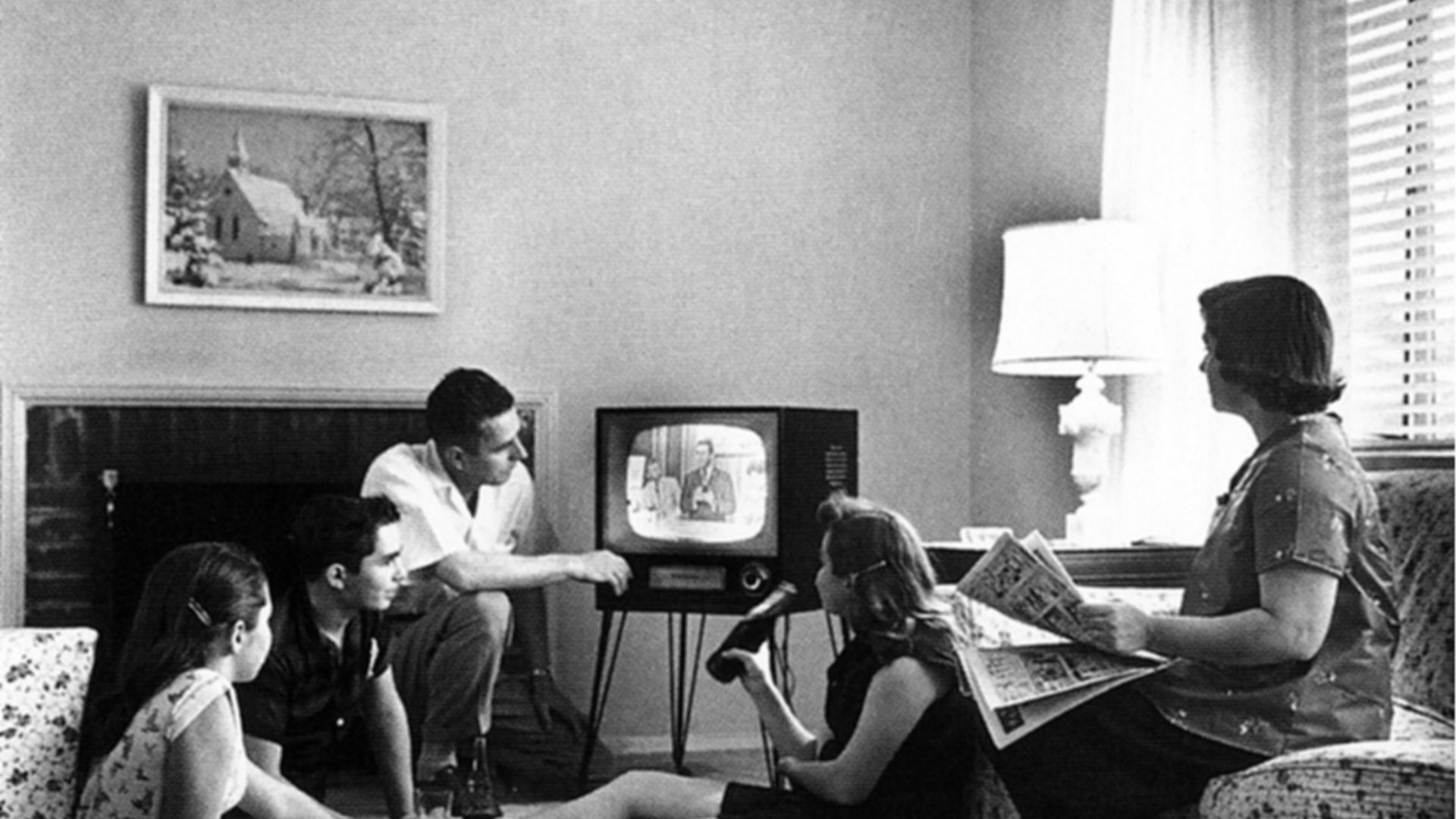 Evert F. Baumgardner, Wikimedia Commons
Evert F. Baumgardner, Wikimedia Commons
Dressing Up For Dinner, Even At Home
Believe it or not, there was a time when “dressing for dinner” wasn’t reserved for restaurants or holidays. In the 1950s, many considered dinner an occasion worth a little polish. Even children were expected to look presentable, especially if it was Sunday or a special meal.
Piling Into The Car For A Drive-In Movie
There was something magical about piling into the family car and heading off to the drive-in. It was a social event and, often, a chance to see neighbors in the next car over. With parents in the front and kids in pajamas in the backseat, the whole experience felt cozy and cinematic.
 Discover Lehigh Valley, PA, Wikimedia Commons
Discover Lehigh Valley, PA, Wikimedia Commons
Rotating Household Chores With A Chore Chart On The Fridge
Responsibility was taught early in the 1950s, and a rotating chore chart was the family command center. Each week, names shifted across tasks: vacuuming, setting the table, mowing the lawn, and drying dishes. There was satisfaction in checking off a box or seeing your name slide down the line.
Listening To Vinyl Records Together In The Living Room
Music was also a shared household experience. Families gathered in the living room, selected a beloved LP, and let the warm crackle of vinyl fill the space. Dad might lower the needle with reverence, and everyone would settle in to listen. The living room became a little concert hall.
Hosting Birthday Parties At Home With Homemade Cake And Pin-The-Tail Games
Birthday parties had a kind of cozy magic. No elaborate venues or themed inflatables—just kids gathered in the living room or backyard, playing games like musical chairs. Today’s parties are grander, but many would agree that those simple home gatherings were unforgettable in their sincerity.
Reading Aloud From A Family-Favorite Book Before Bedtime
Evenings once ended with the sound of a familiar voice reading aloud from a well-loved book. Whether it was Charlotte’s Web or a Bible story, these shared readings created a rhythm of calm and connection. One parent would read, and children would beg for “just one more chapter”.
Playing Horseshoes Or Croquet In The Backyard On Sundays
Backyards in the 1950s were mini arenas for low-key, family-friendly competition. After Sunday lunch, it wasn’t uncommon for everyone to head outside for a round of horseshoes or croquet. These games brought people together as they cheered small victories.
Doing Puzzles Together On The Kitchen Table
The humble jigsaw puzzle was a centerpiece of entertainment. Far from being shoved onto an app or timed by levels, people would return to the same table night after night, gradually filling in the image together. It was quiet, patient work, done side by side in near silence or easy conversation.
Visiting The Local Diner Together Every Saturday Morning
Saturday mornings were made for pancakes and jukebox tunes. Folks had their favorite spots, were greeted by name, and were served their go-to orders by a friendly waitress. Kids sipped chocolate milk while parents enjoyed endless coffee refills. These weekly outings grounded the family in routine and community.
 United States Senate and Congress, Office of Senator Michael Bennet, Wikimedia Commons
United States Senate and Congress, Office of Senator Michael Bennet, Wikimedia Commons
Doing Our Own Vehicle Maintenance
In the 1950s, many Americans didn’t rely on mechanics for every oil change or tune-up. Instead, they rolled up their sleeves and took care of it themselves. Dads and often their children would spend Saturday mornings in the driveway or garage to change spark plugs and check tire pressure with precision.
Setting Aside Time For A Sunday Afternoon Break
Once lunch was cleared and dishes were done, Sunday afternoons slowed to a gentle stillness. In many households, this became the unspoken hour of rest: a time when even the noisiest of children were encouraged to wind down. Adults reclined in armchairs, while kids might curl up with a book or simply lie still.
Hosting Game Nights With Neighbors Or Extended Family
Friday or Saturday evenings were often reserved for laughter and a bit of healthy competition, sometimes with the Joneses from next door or cousins from down the block. Game night was a planned event with coffee brewed and the best snacks on display. Charades, canasta, Monopoly, and Bridge were all welcomed.
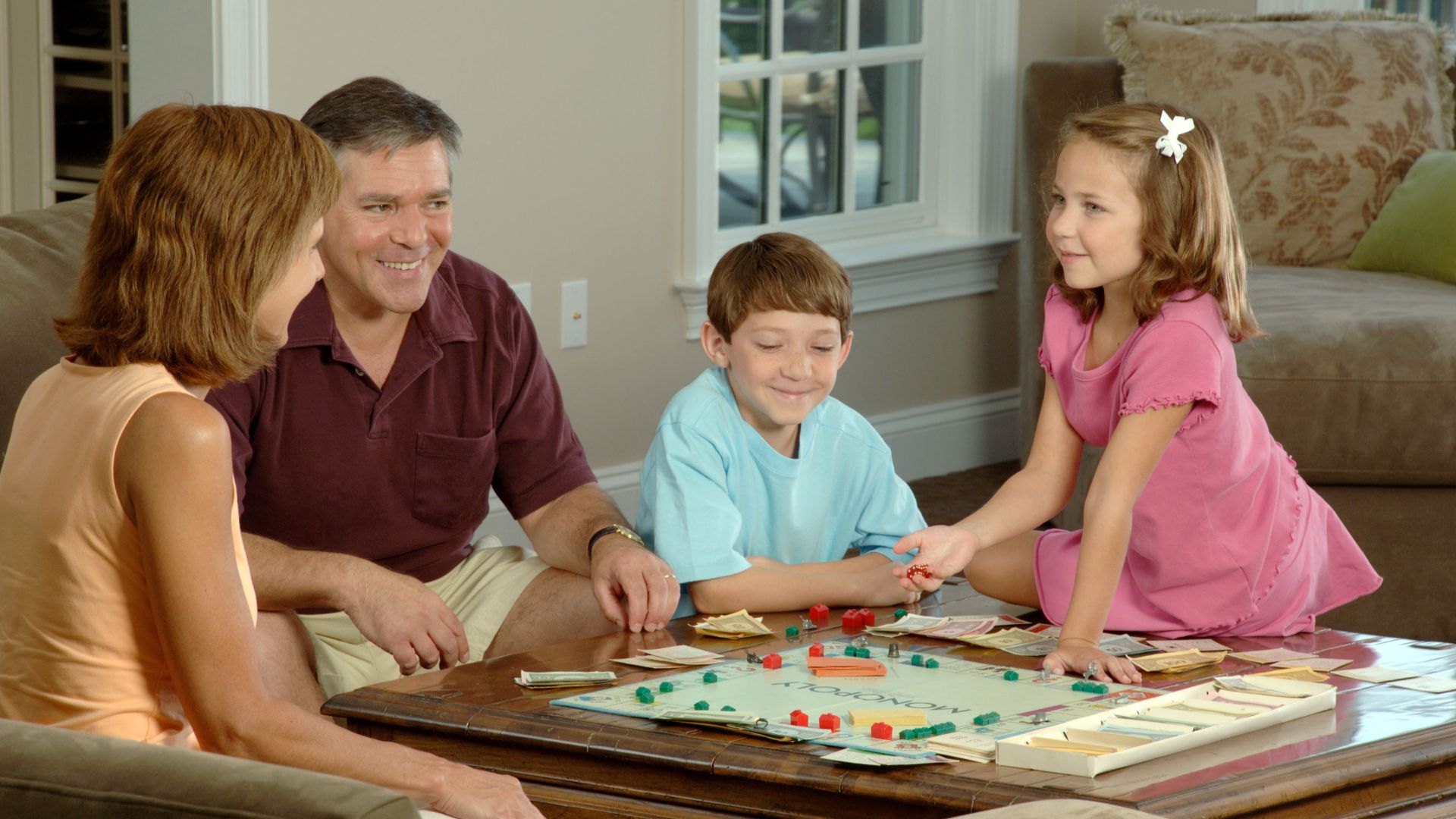 Bill Branson (Photographer), Wikimedia Commons
Bill Branson (Photographer), Wikimedia Commons
Sitting Down To Dinner At The Table Every Night—No Exceptions
There was no question about it—when the dinner bell rang, everyone came to the table. Meals weren’t something grabbed between errands. The table was set, and food was served family-style. Children shared their school stories, parents gave advice, and everyone paused from the day’s rush to be together.
Community Barn Dances
Long before nightclubs and DJ parties, people came together for lively barn dances. These events were usually held in rural towns or small communities, where a cleared-out barn transformed into a social hub. With live music (either fiddle or bluegrass) and plenty of foot-stomping, these dances welcomed all ages.
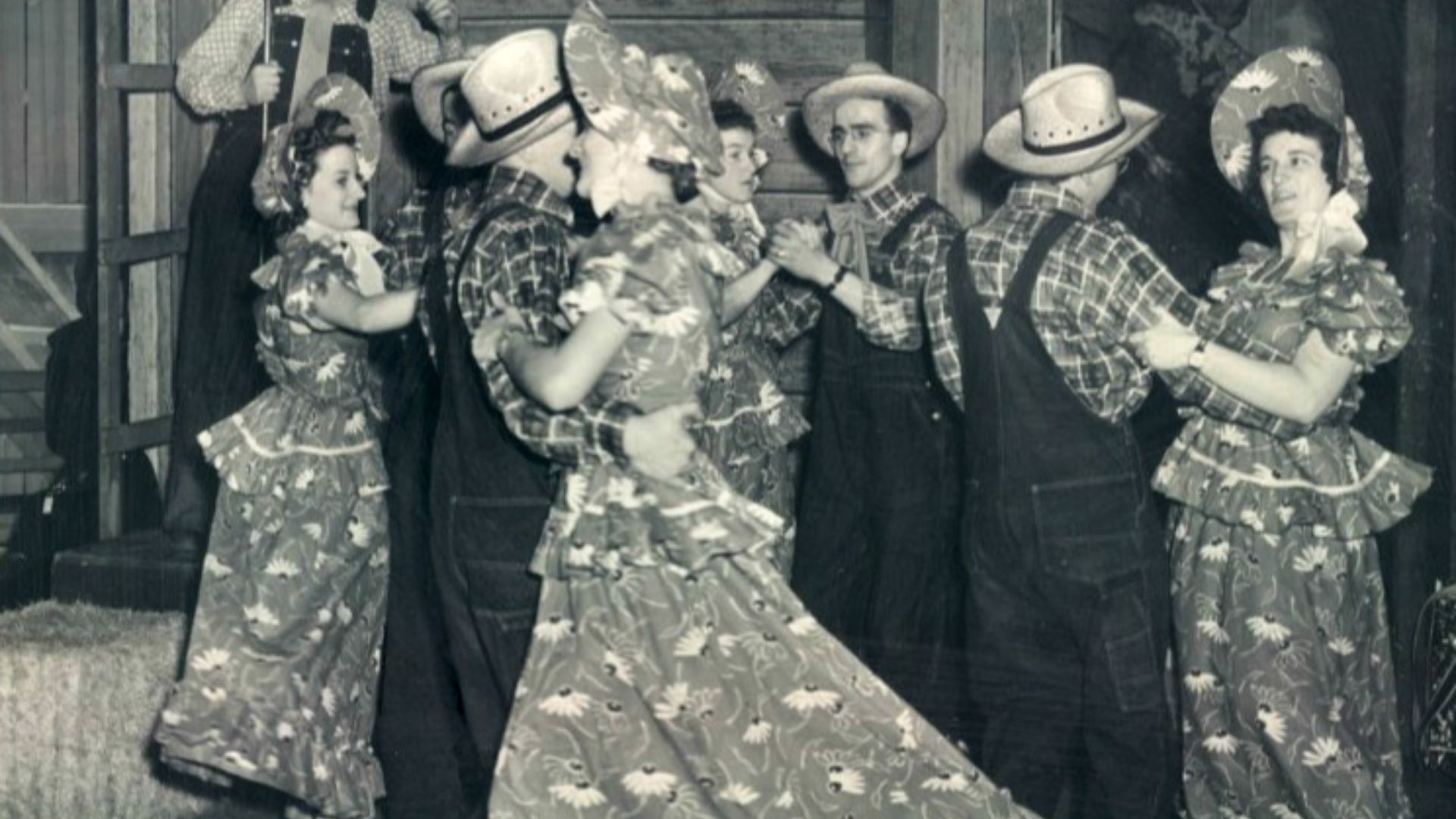 WLS Radio, Chicago., Wikimedia Commons
WLS Radio, Chicago., Wikimedia Commons
Cutting Down Your Own Christmas Tree As A Family
For many, the Christmas season didn’t begin until the tree was chosen and not from a parking lot stand. Folks would head out to a tree farm or even a wooded area, saw in hand, to find the perfect fir or pine. Once chosen, the tree was hauled home with pride.
Using A Designated “Good” Set Of China Only On Sundays Or Holidays
Everyday dishes had their place, but hidden in a cabinet or hutch was the good china—brought out only for special occasions. Sundays, birthdays, Thanksgiving, or whenever there was company, these dishes made their grand appearance, accompanied by matching napkins and gleaming silverware.
Sending Handwritten Cards
The holiday season wasn’t complete without stacks of handwritten cards, carefully addressed and sealed with festive stamps. People would gather at the kitchen table to write messages and sometimes include a family photo or yearly update. This tradition connected households across states and sometimes continents.
 Senate Democrats, Wikimedia Commons
Senate Democrats, Wikimedia Commons
Ironing And Folding Laundry Together While Chatting
In the 1950s, laundry day was a social ritual, especially in households with children. As the steam rose from the iron and clothes were neatly folded into baskets, conversations flowed freely. The scent of clean cotton and the slow pace made the whole experience feel collaborative rather than mundane.
Having A Set Bath Night For The Kids
Back when hot water wasn’t taken for granted, and large bathtubs were shared spaces, many designated specific bath nights. It might’ve been Wednesday and Saturday or just once a week, but it was dependable and structured. The routine included carefully laid-out towels and often a shared bathing time in the tub.
Baking Bread, Pies, Or Cookies From Scratch As A Family Activity
A Saturday afternoon might be spent elbow-deep in flour, with little ones measuring sugar under a watchful eye and older kids learning to knead dough with practiced hands. Recipes were passed down, mostly from memory, and the smell of rising bread or cinnamon-sprinkled pie crust filled the whole house.
Calling Relatives On Sunday Evenings Just To Check In
There was a time when Sunday evening meant reaching for the rotary phone and checking in with family who lived miles away. These conversations meandered through updates, advice, lots of laughter, and oftentimes a bit of gossip. Children would be passed the phone to say hello to Grandma.
Making Homemade Holiday Decorations With The Kids
As holidays approached, people didn’t always head to the store for tinsel and garlands. They opened craft drawers and got to work. Children cut snowflakes from folded paper or painted pinecones in gold and silver. Parents joined in, too, to turn the kitchen table into a seasonal workshop.
Washing The Car Together As A Weekend Family Activity
When the sun was out and the weekend stretched ahead, the driveway was complete with soapy buckets and the unmistakable sound of the garden hose. Kids loved the excuse to get wet, always more enthusiastic about spraying each other than the car itself, while parents gently directed the effort.
Children Calling Adults “Mr” Or “Mrs” As A Sign Of Respect
Manners were instilled early and reinforced often. One of the clearest markers of this was how children addressed adults. First names were off-limits; “Mr Johnson” or “Mrs Thompson” was the expected norm, even for close family friends. This tradition reinforced a clear line of respect and structure between generations.
Weekly Allowance Earned Only Through Household Chores
Getting an allowance was something earned. Children were expected to contribute to the household by mowing the lawn or washing dishes. Only after their tasks were completed did they receive their modest reward—often just a few coins. This system taught responsibility and the value of work.
 Photo By: Kaboompics.com, Pexels
Photo By: Kaboompics.com, Pexels
Celebrating Promotions Or Raises With A Special Family Meal
When Dad came home with news of a raise or job promotion, it was celebrated. The family might go out to a local diner or prepare a favorite meal at home. Children were encouraged to understand the importance of hard work and achievement, as these moments reinforced a sense of pride and togetherness.
Making School Report Cards A Formal Event With A Family Review
Report card day was a full-family occasion. Children would come home, envelope in hand, knowing a sit-down review was ahead. Parents would examine each subject to offer praise or occasionally deliver stern reminders. Sometimes a good report earned a treat, and sometimes it led to a quiet talk about “trying harder next time”.
Making Thanksgiving And Christmas Strictly Formal And Sit-Down Events
Thanksgiving and Christmas dinners weren’t the casual buffet-style meals we see today. They were elegant, sit-down affairs with the dining table dressed in linens and the silverware shining. The meals stretched long into the evening, filled with conversation and laughter.
Hiding Easter Eggs In The Backyard With Real Dyed Eggs
Plastic eggs filled with candy may dominate Easter today, but in the 1950s, the tradition had a homemade charm. Families would spend the day before Easter dyeing real eggs with food coloring. Then, early Sunday morning, parents would sneak into the backyard to hide them among the flowerbeds and tree roots.
Visiting Local Farms For Fresh Milk And Eggs
Back in the day, many folks depended on local farms for their dairy and eggs. Weekend drives to collect glass bottles of milk or gather brown eggs from a friendly farmer weren’t unusual. Compared to today’s supermarket aisles, that direct link to the food source feels almost storybook-like.
Keeping A Family Photo Album Meticulously Updated
Although digital archives are convenient, they lack the tactile intimacy and storytelling magic of those beloved, page-turning keepsakes. Family photo albums were cherished items that were updated after birthdays and other milestones. Parents would write little captions in the margins and proudly display them when visitors came by.
Writing Thank-You Notes After Every Gift Or Visit
In the fast-paced world of emojis and quick texts, handwritten thanks are a fading but still powerful gesture of grace. Decades ago, children were expected to write thank-you notes after birthdays or even a short stay at a relative’s home. Neatly penned messages on stationery or note cards were quite thoughtful.
Visiting Grandparents Every Weekend Without Fail
In many 1950s households, weekends were for visiting family. Saturdays or Sundays were often reserved for spending time with grandparents, whether that meant traveling across town or hosting them for supper. Kids grew up deeply connected to their elders, hearing family stories firsthand and learning traditions.
Taking The Same Annual Summer Vacation To A Favorite Spot
For many folks, summer meant packing up the car and heading to the same cherished vacation spot year after year. Whether it was a lakeside cabin or a campground in the woods, the destination became a second home. Children looked forward to the familiar sights and activities.
Children Wearing Matching Clothes For Holidays Or Church
Special occasions meant one adorable and coordinated sight: siblings dressed in matching outfits. On Easter Sunday or a church service, moms took pride in dressing their little ones in polished outfits that might've also been handmade.
Polishing Shoes And Laying Out Clothes The Night Before School
While modern mornings are rushed, small acts of readiness offered a comforting sense of order years ago. Part of my everyday routine included laying out clothes and polishing shoes the night before. Children knew their outfits were expected to be tidy and presentable, especially for school or church.
Sewing Or Knitting Projects Passed From Mother To Daughter
In the 1950s, handcrafts were part of a family’s legacy. Mothers passed down sewing patterns and knitting techniques to their daughters. Weekends or evenings might include lessons on stitching a hem or crocheting a scarf, and finished projects were symbols of care and skill, gifted or saved for years.
Building Model Airplanes Or Train Sets As A Bonding Activity
Fathers and sons—or sometimes whole families—once spent hours hunched over hobby tables, gluing tiny parts and painting details. Miniature projects taught patience and the joy of creating something together. Building a model airplane or a train set took time, sometimes stretching over weeks.
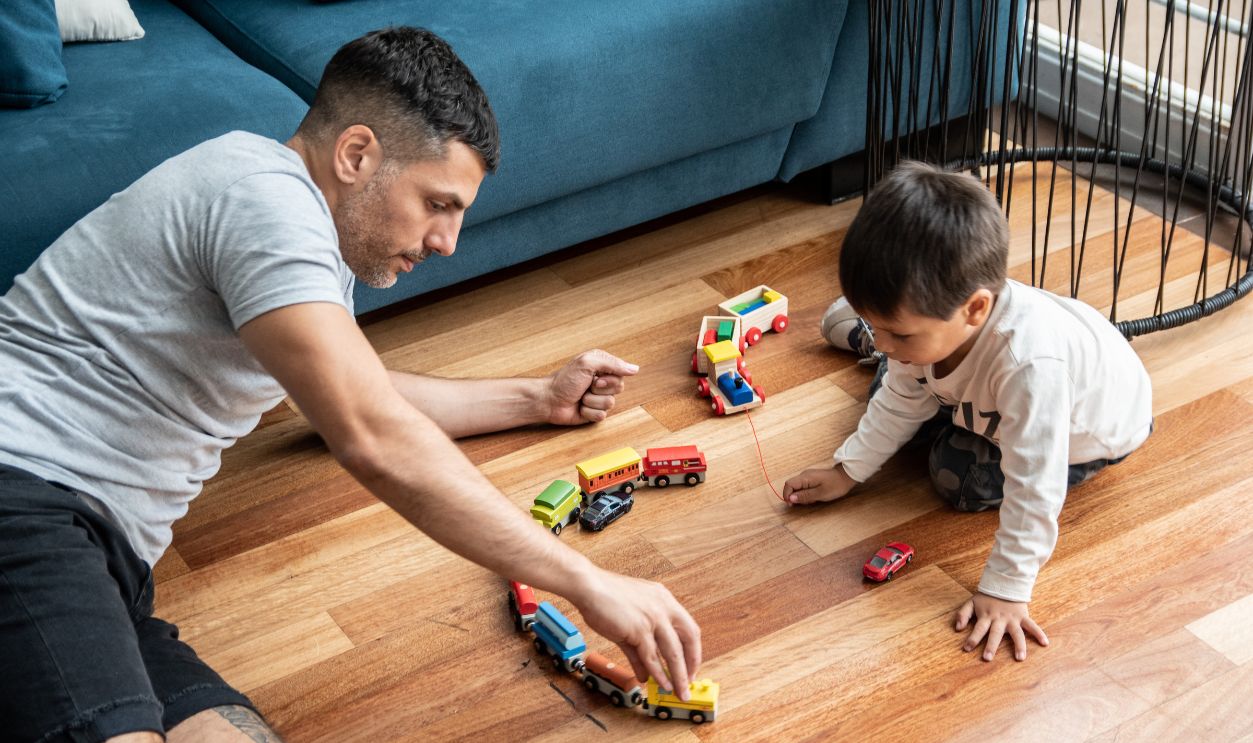 Frazao Studio Latino, Getty Images
Frazao Studio Latino, Getty Images
Repairing Things Around The House As A Family Lesson
Back when replacing broken items wasn’t the first solution, families fixed things together. Parents would gather tools and involve the kids to hold a flashlight or hand over screws. These moments emphasized a belief that problems could be solved with patience and ingenuity.
Teaching Cursive Handwriting And Penmanship At Home
Beautiful penmanship used to be a point of pride, and learning cursive was considered a rite of passage. Schools taught the basics, but many parents took time at home to help their children master them. Practice sheets covered with looping L’s and graceful G’s were a familiar sight on kitchen tables.
 Taphat Wangsereekul, Shutterstock
Taphat Wangsereekul, Shutterstock
Keeping A Family Recipe Book Passed Down Through Generations
The 1950s kitchen often contained something more valuable than any cookbook: a handwritten family recipe book. Filled with splattered pages and margin notes, it was a living document passed from mother to daughter. Each entry came with a story of how Grandma made her famous peach cobbler.

